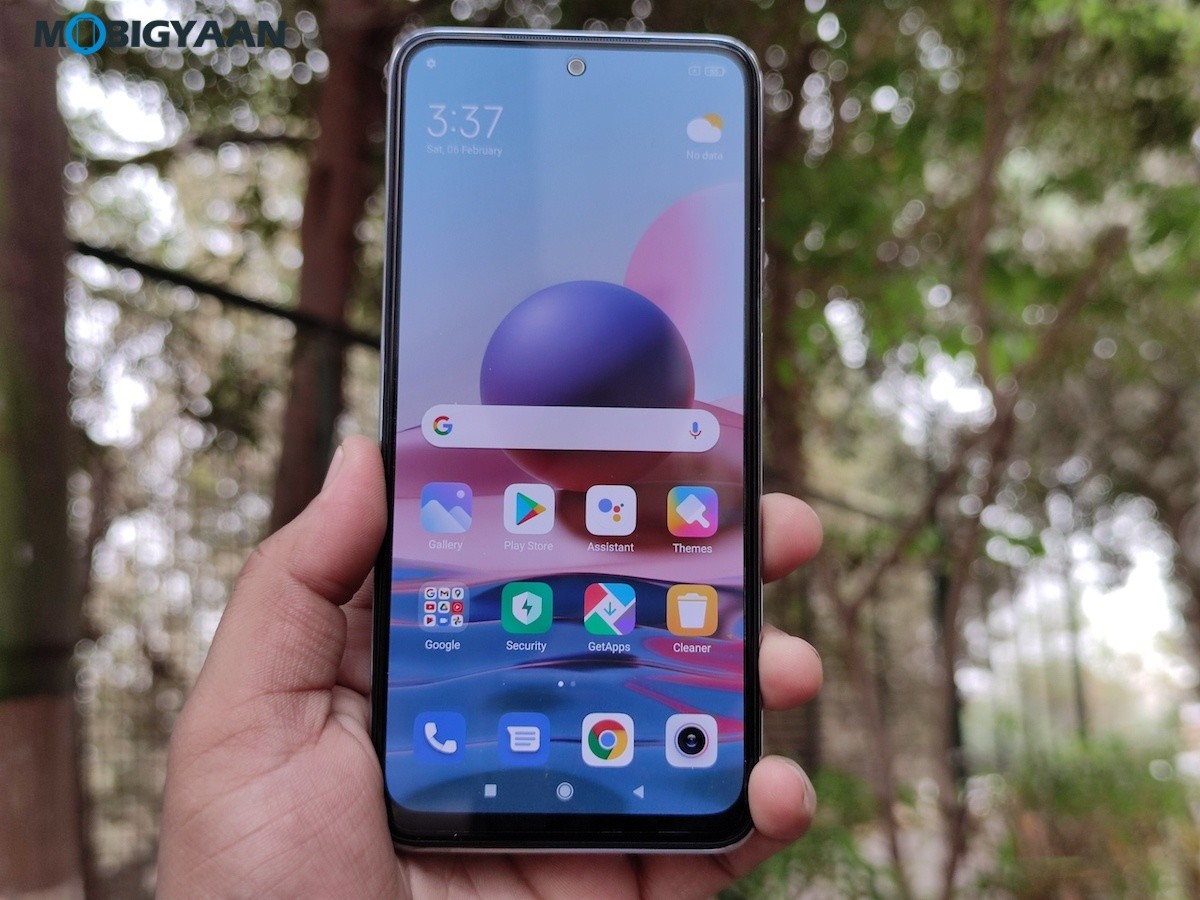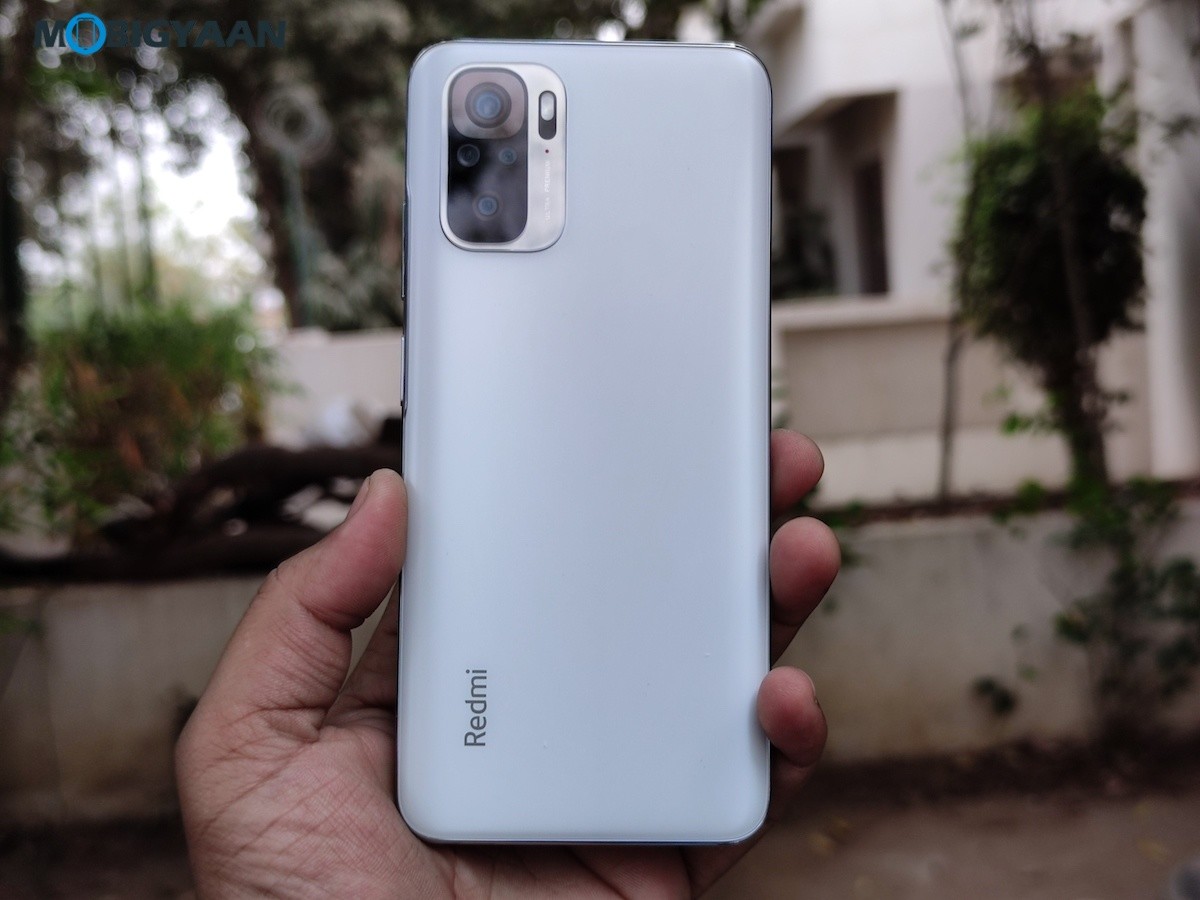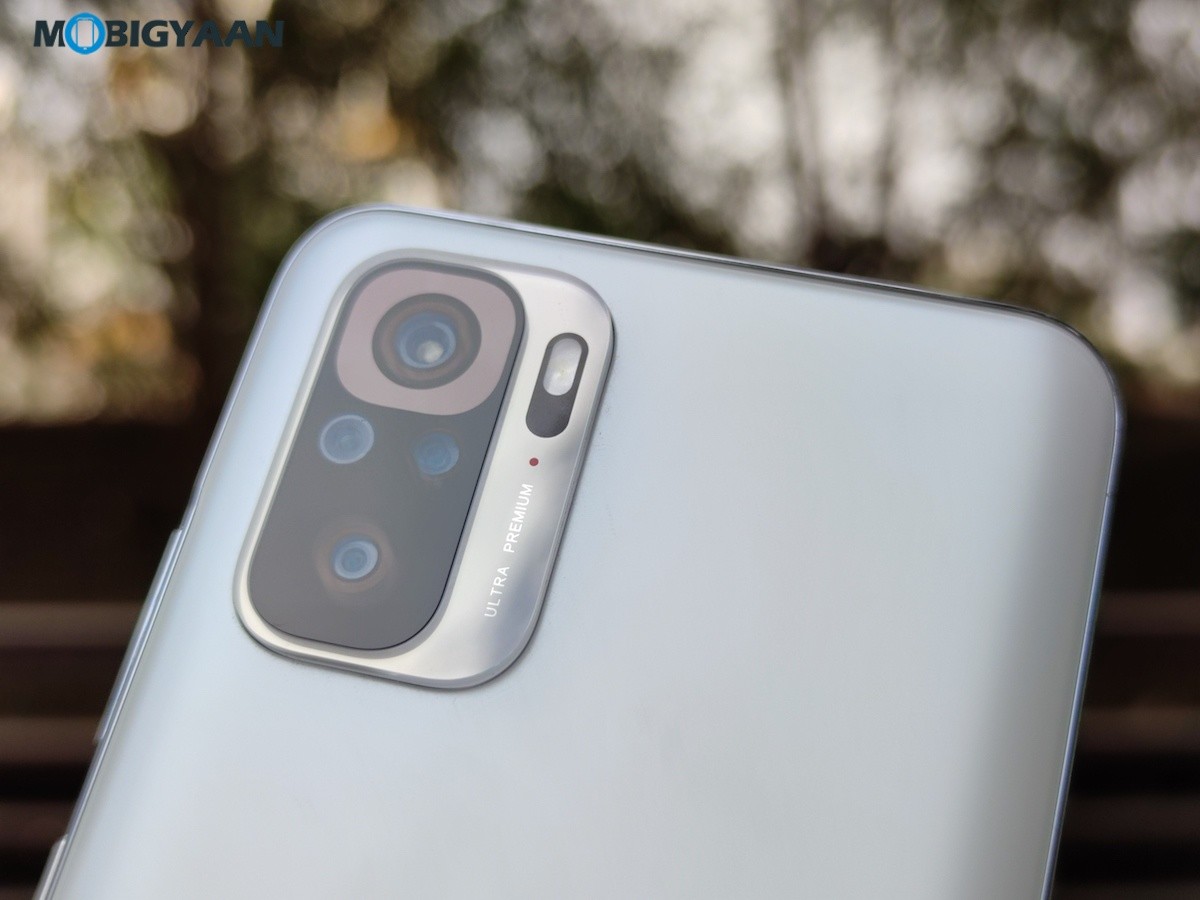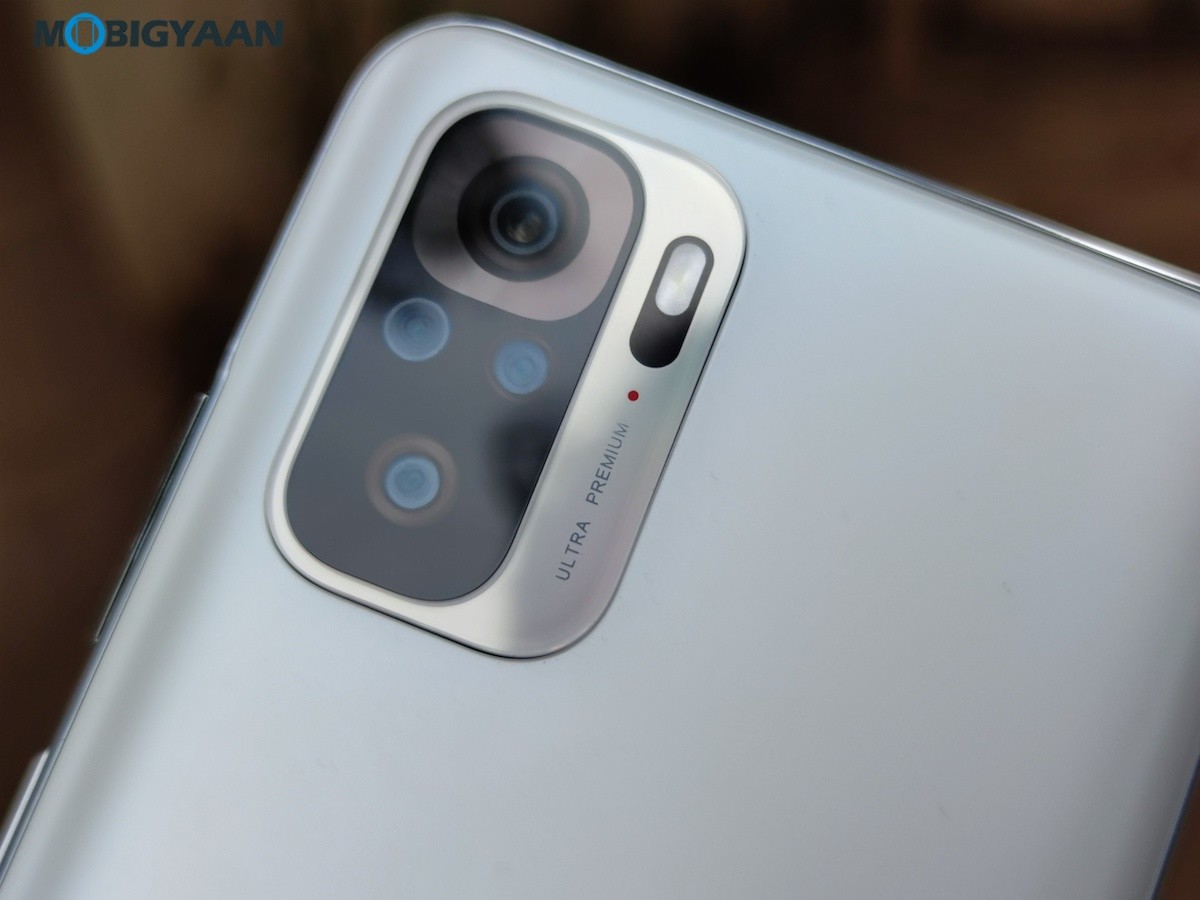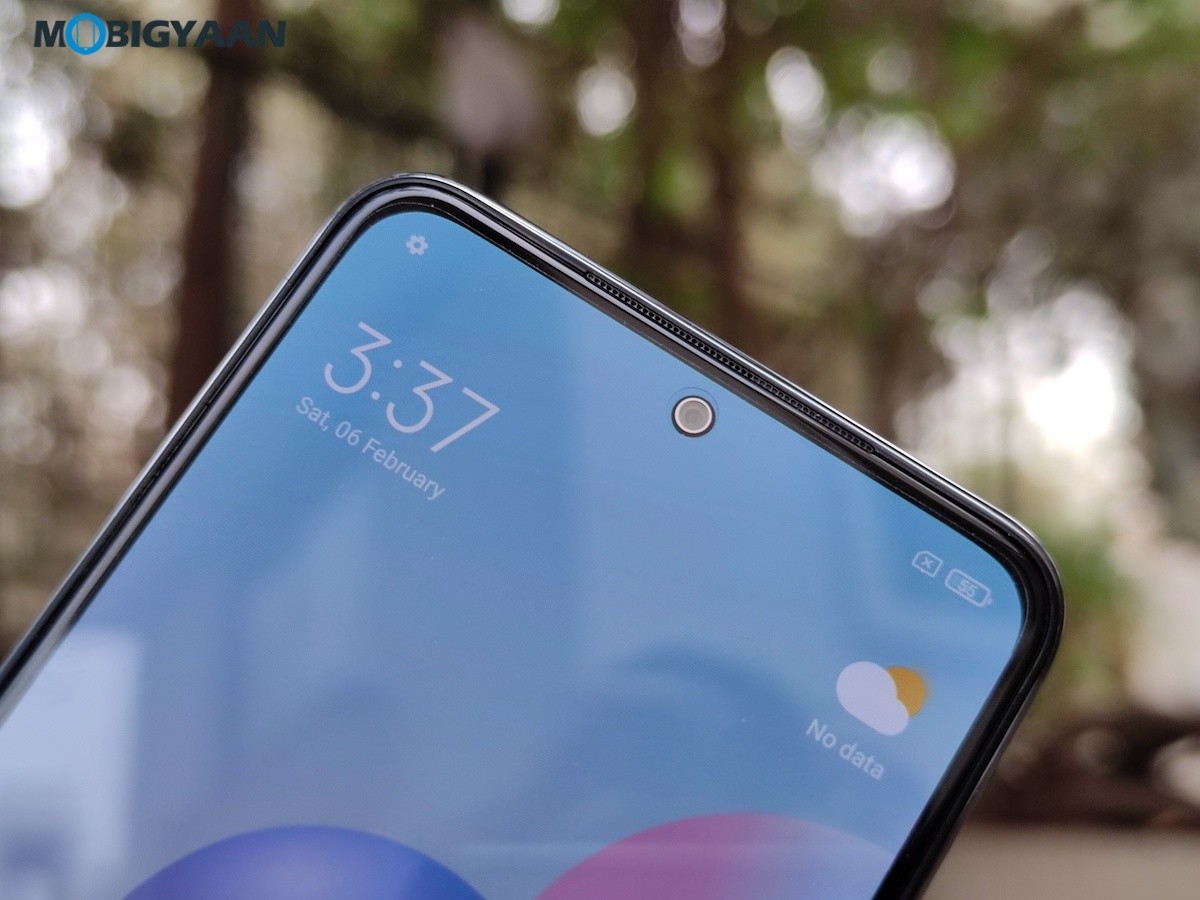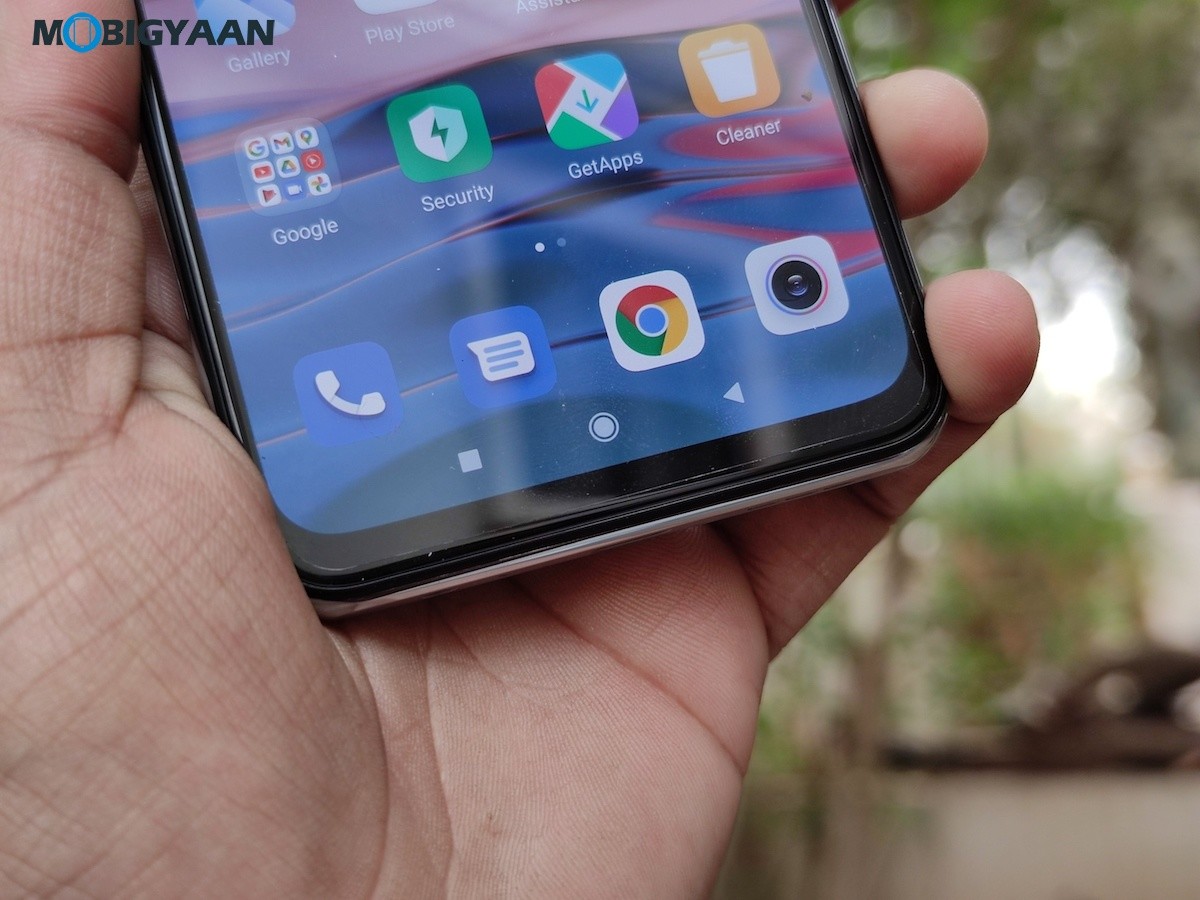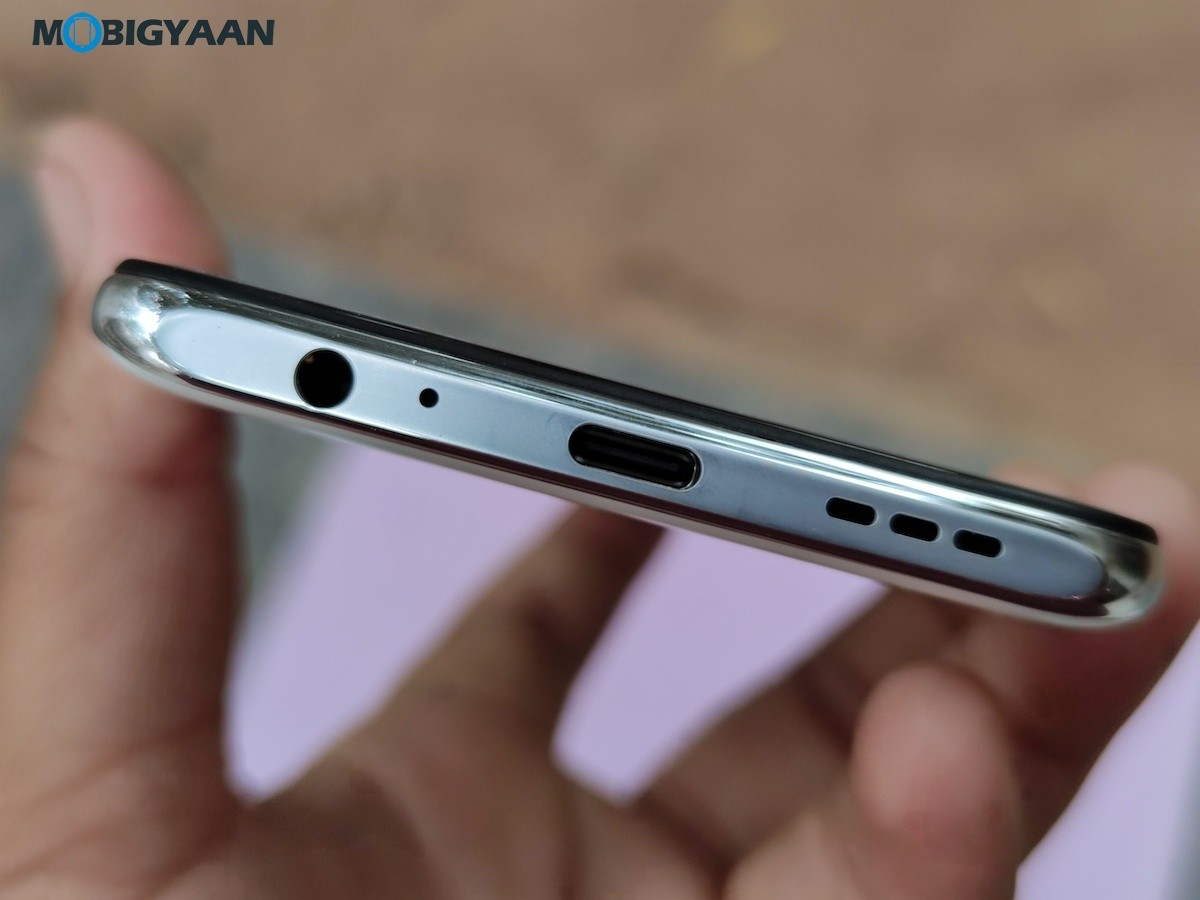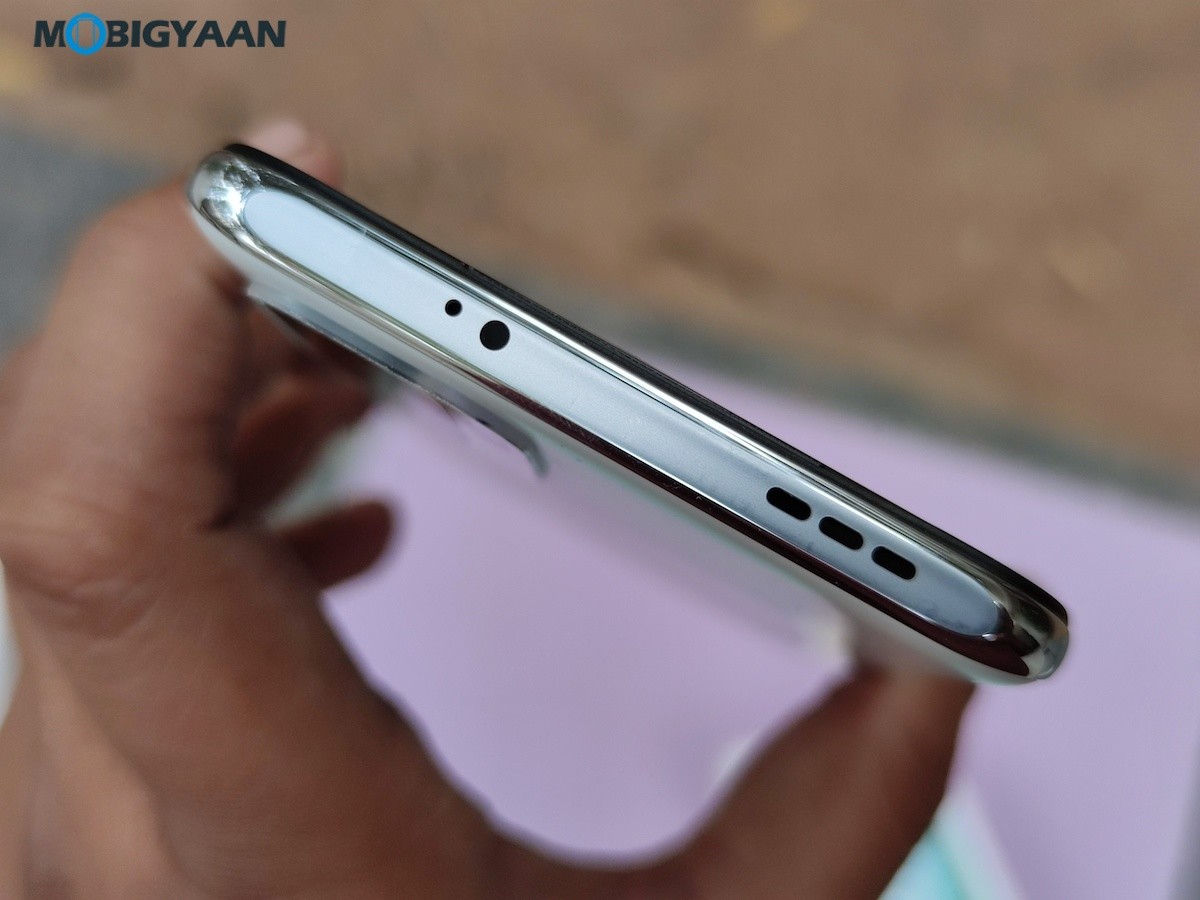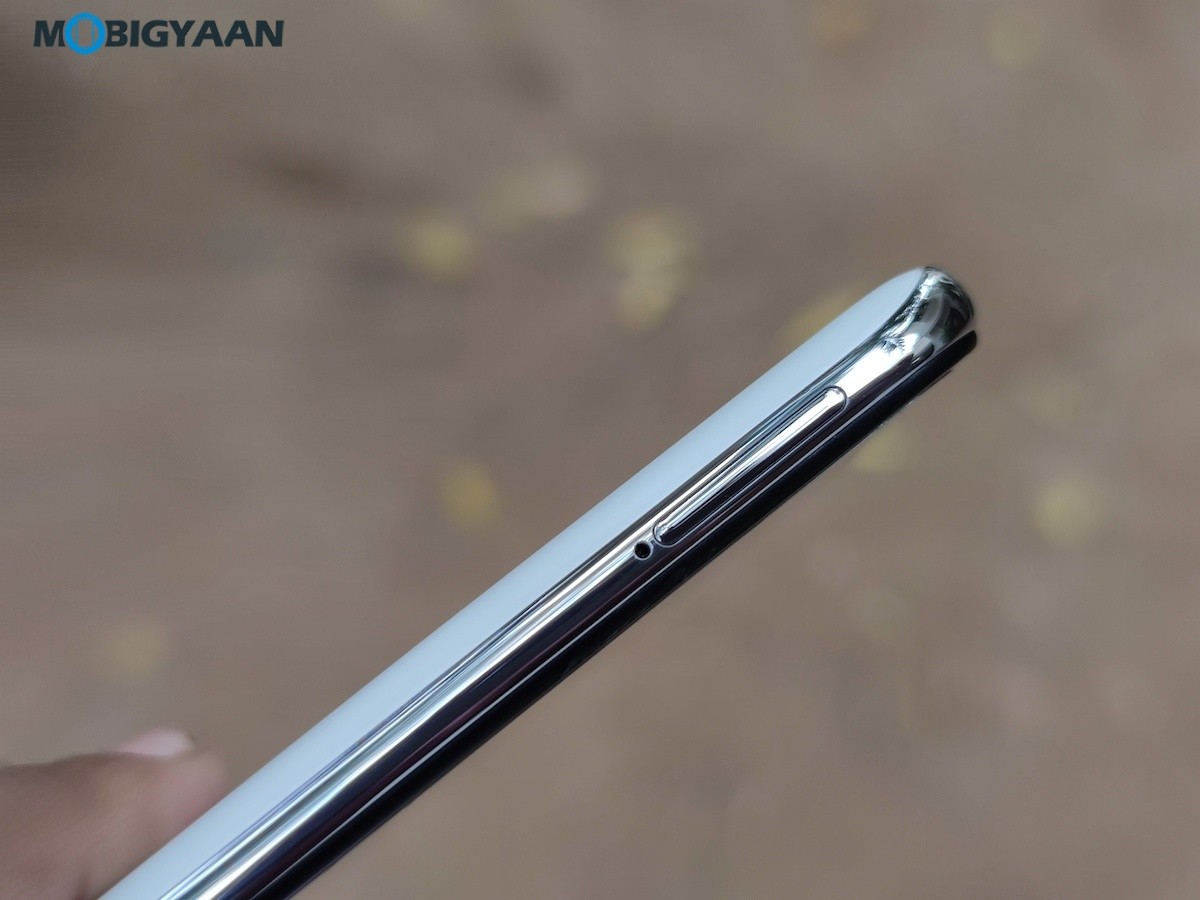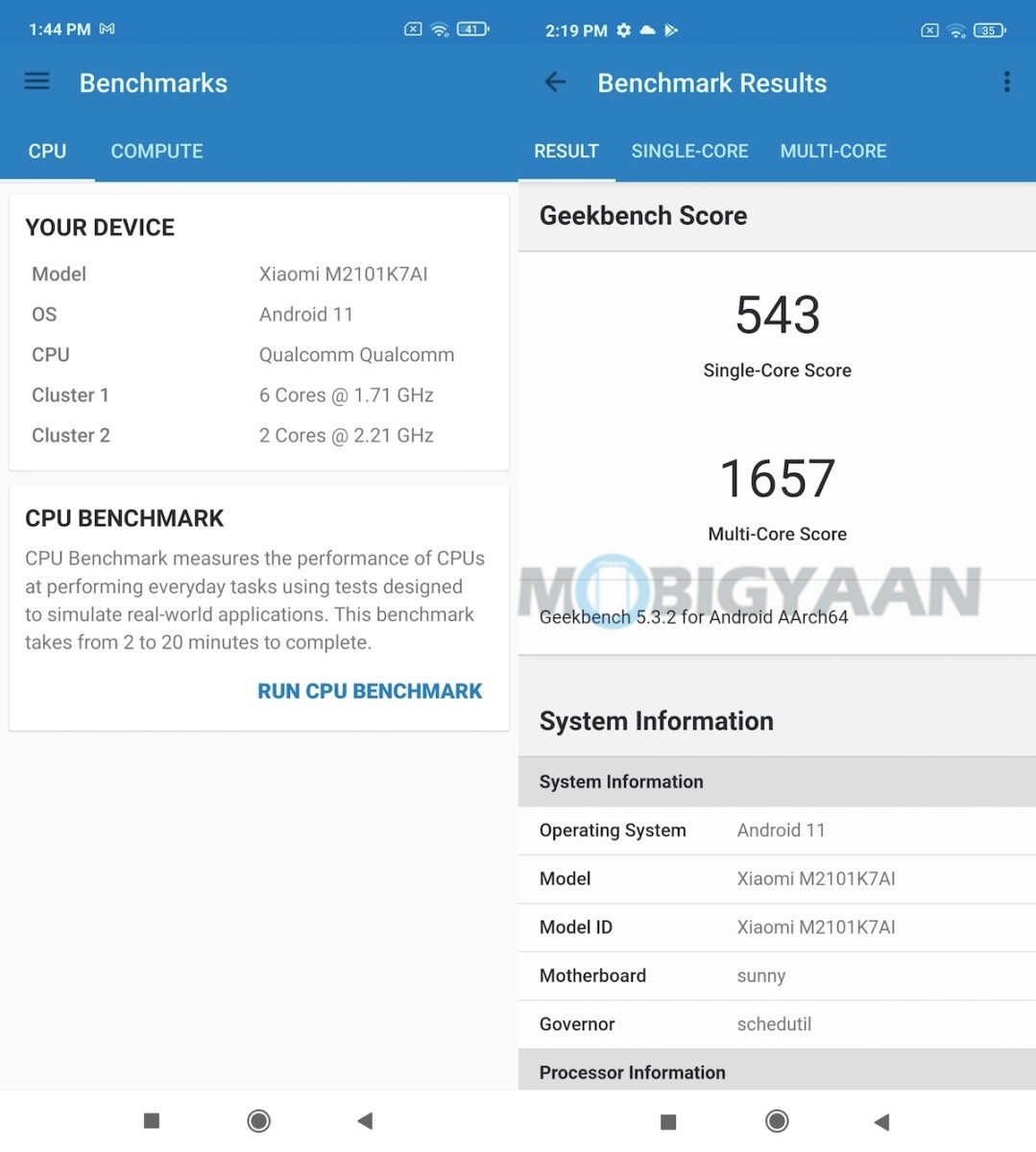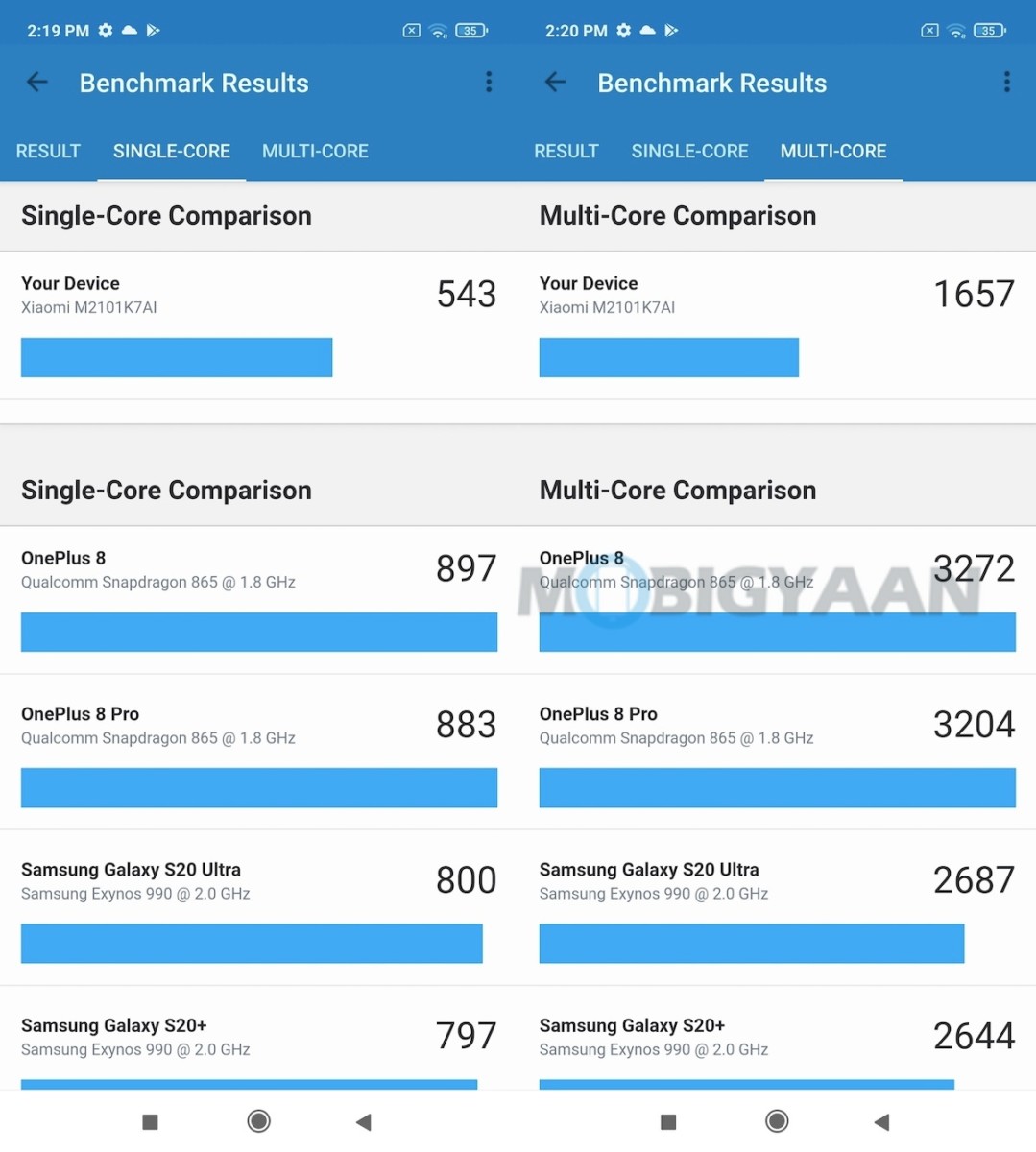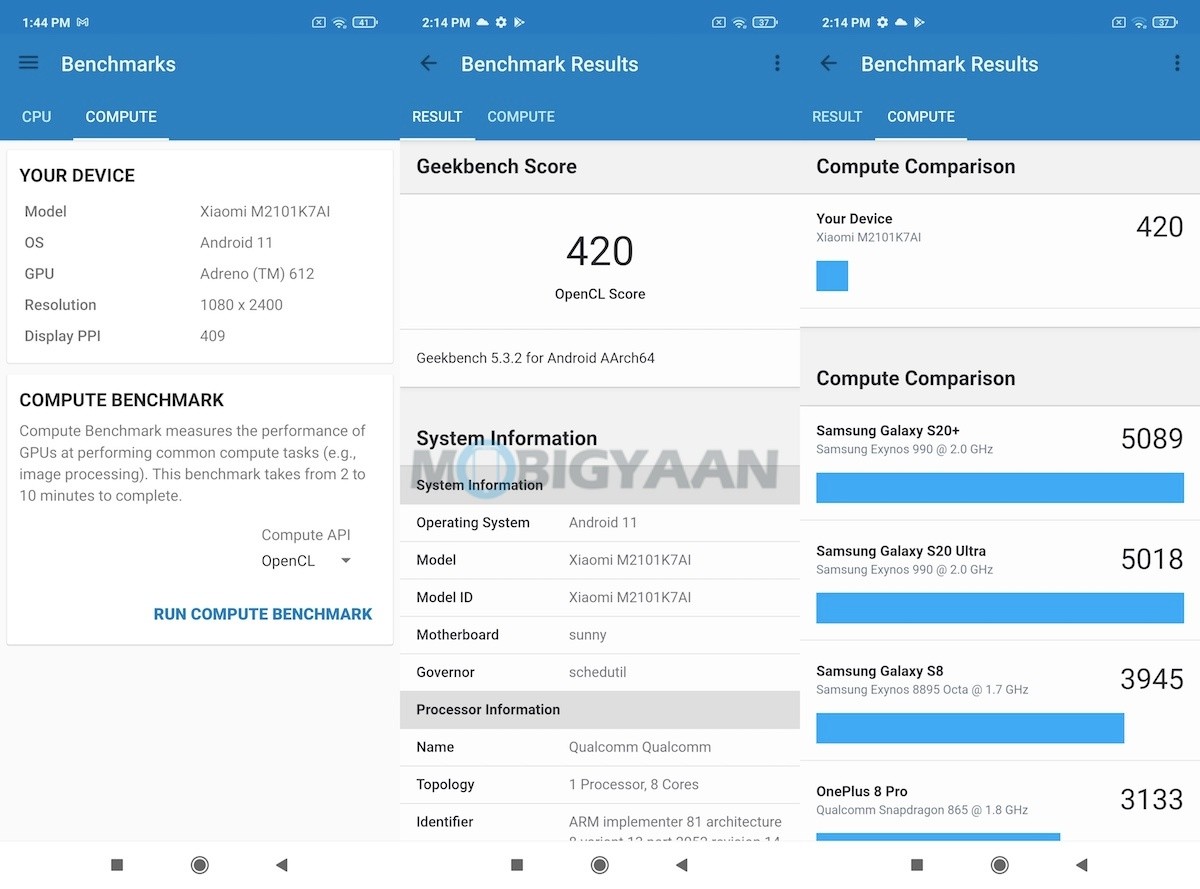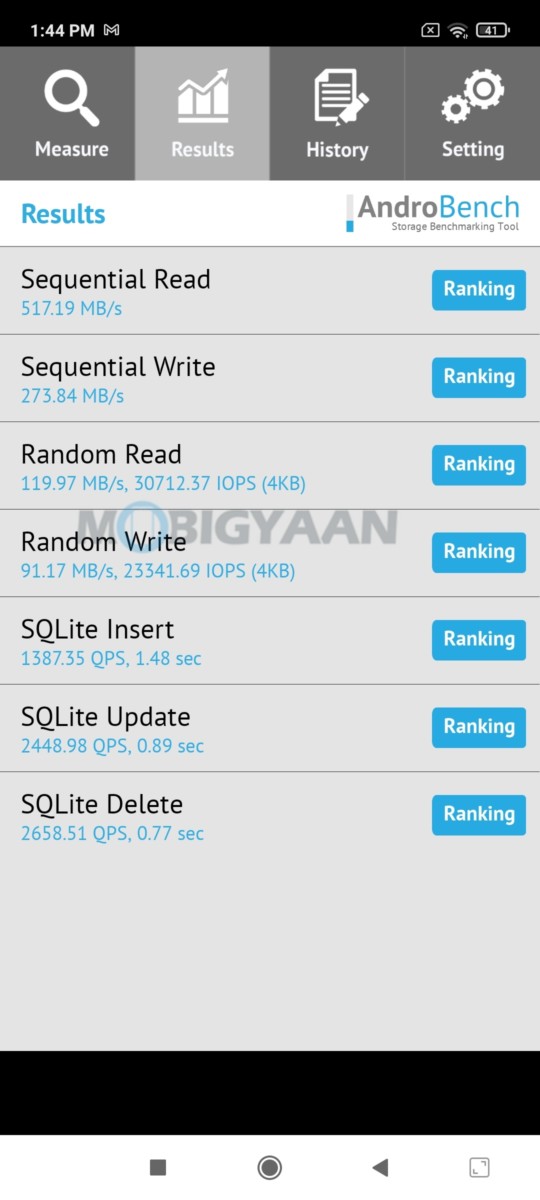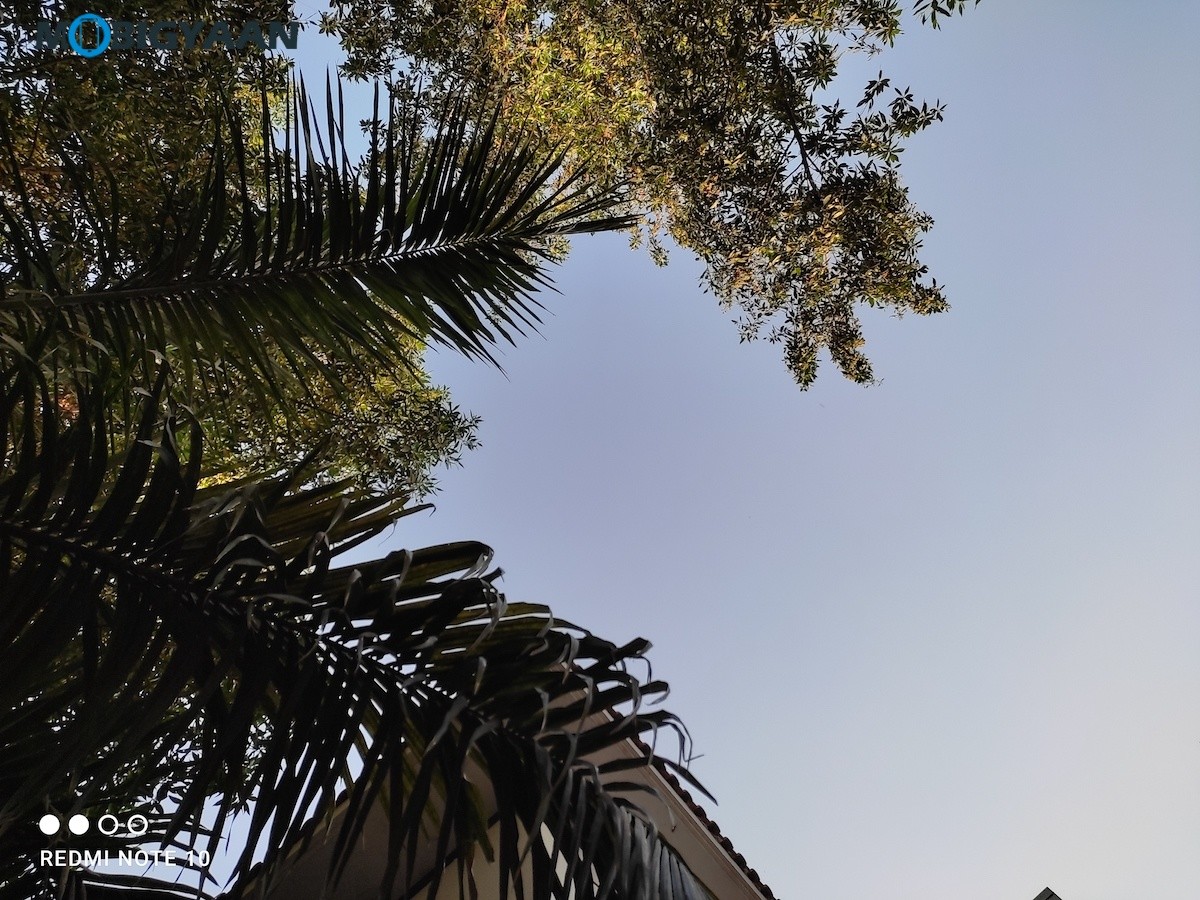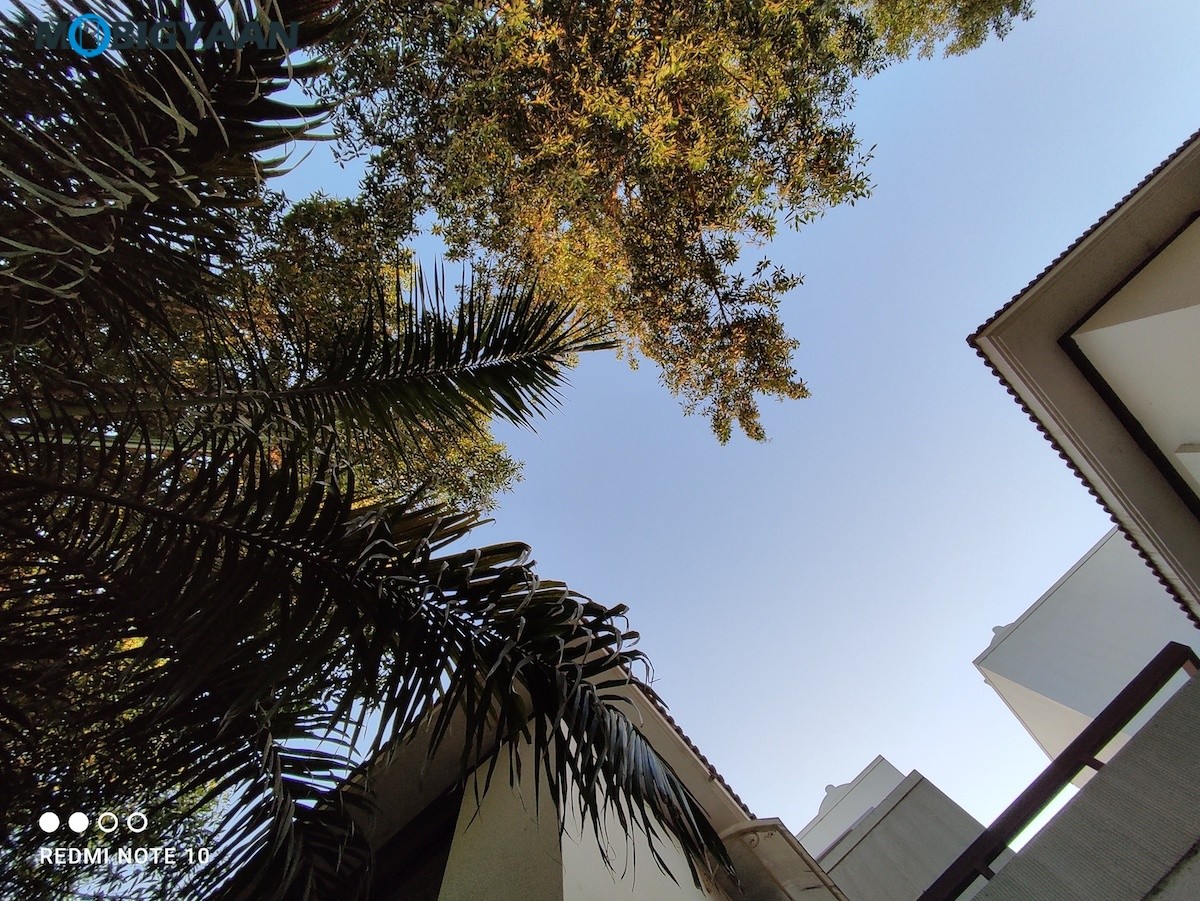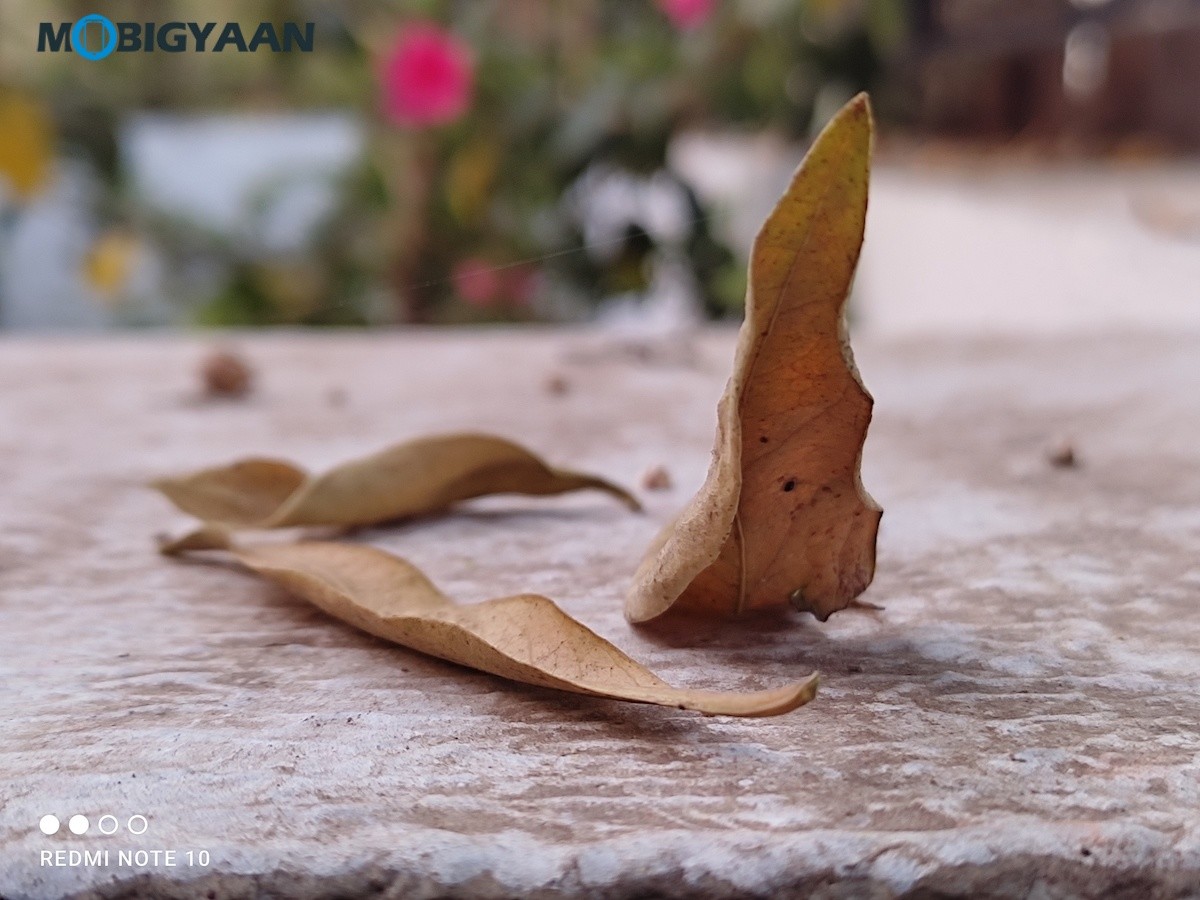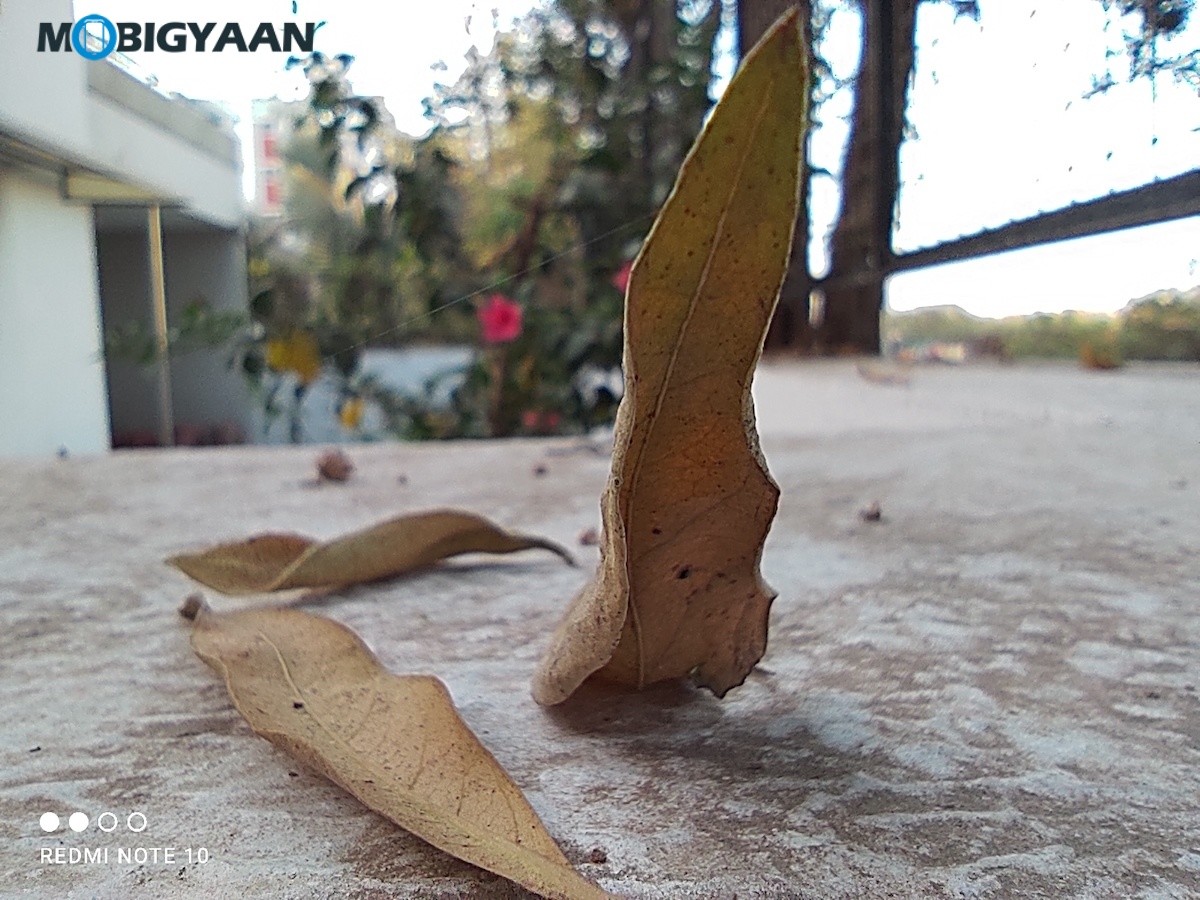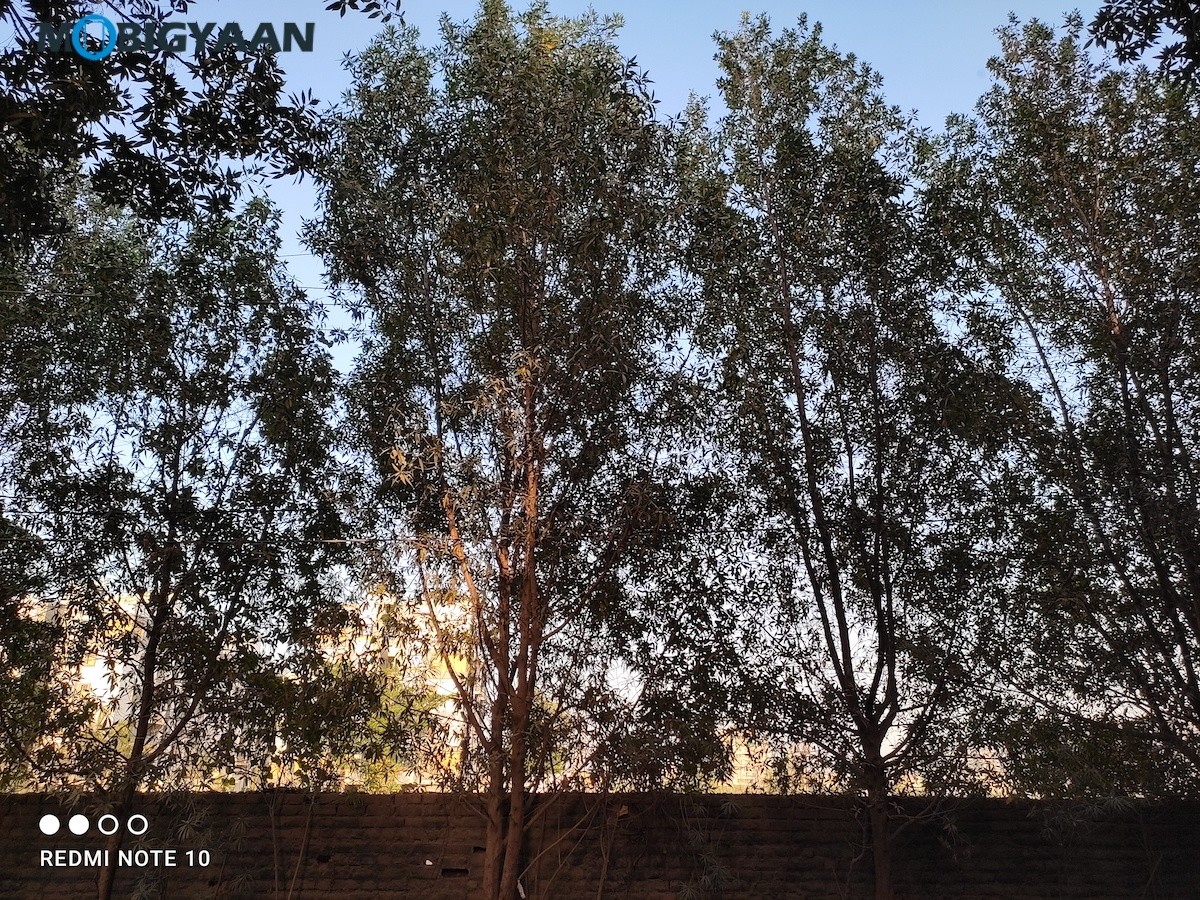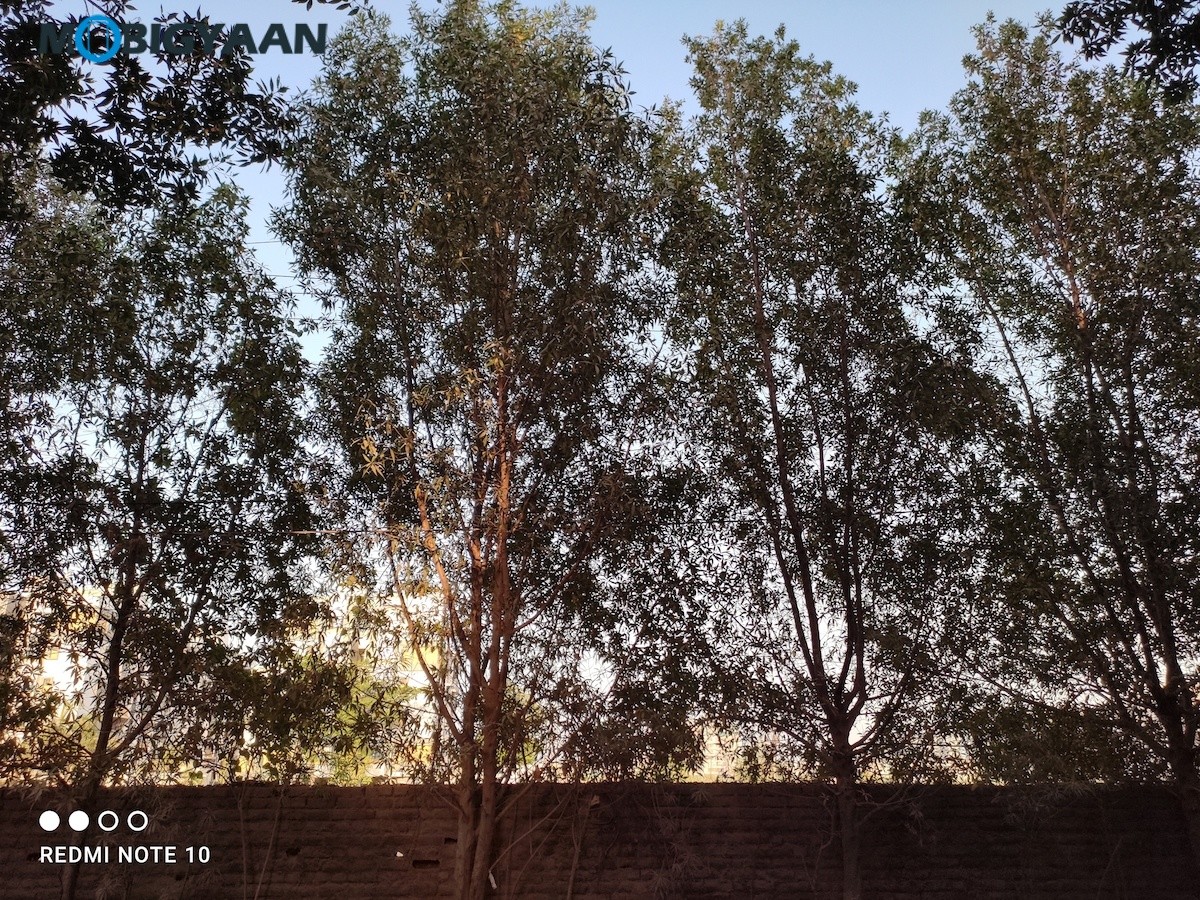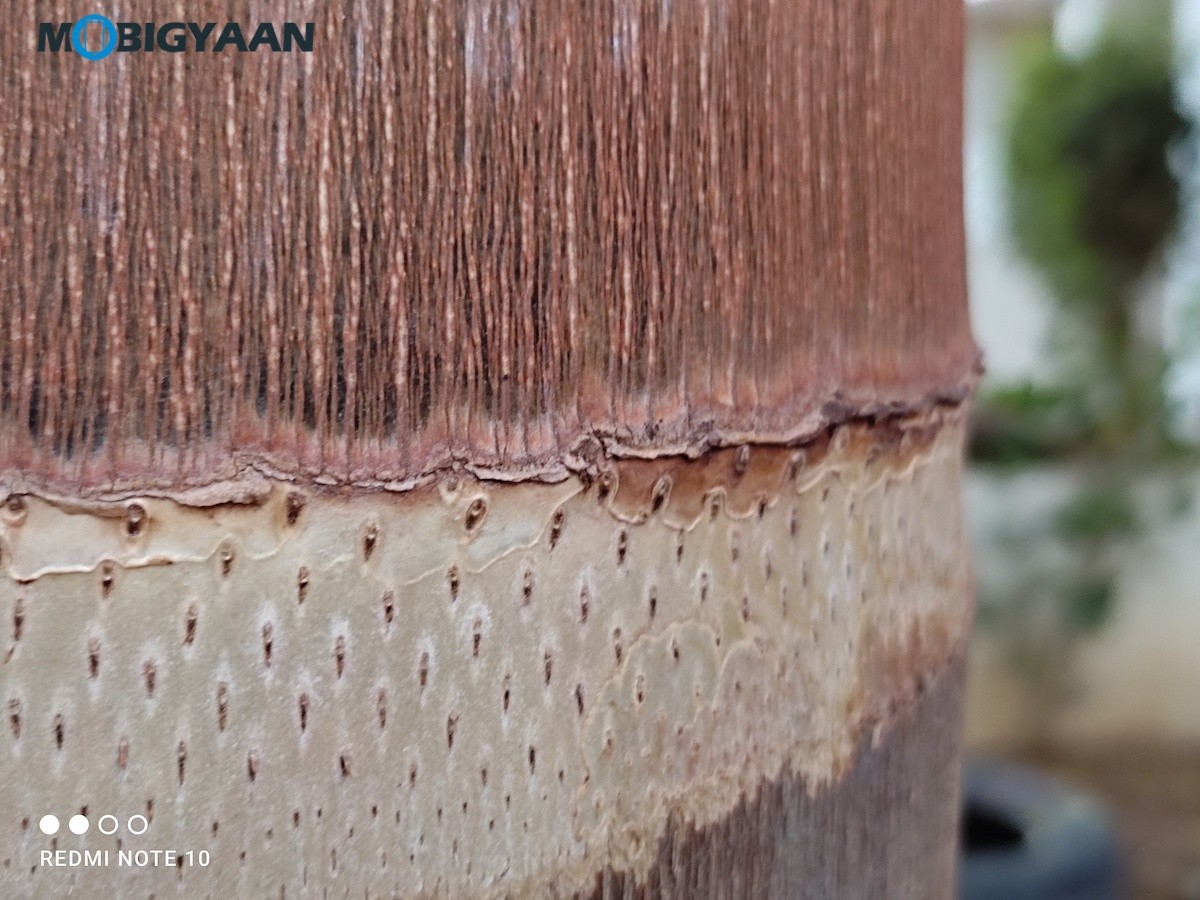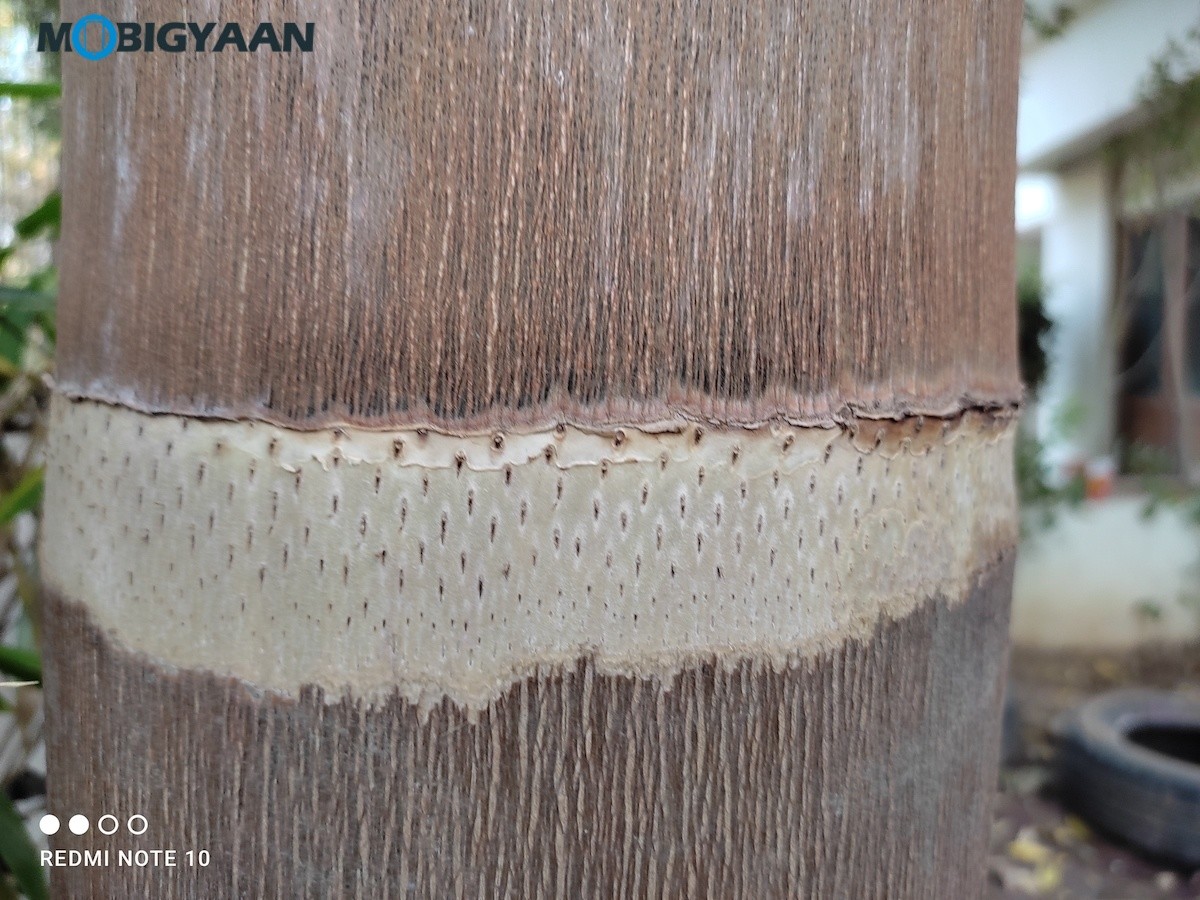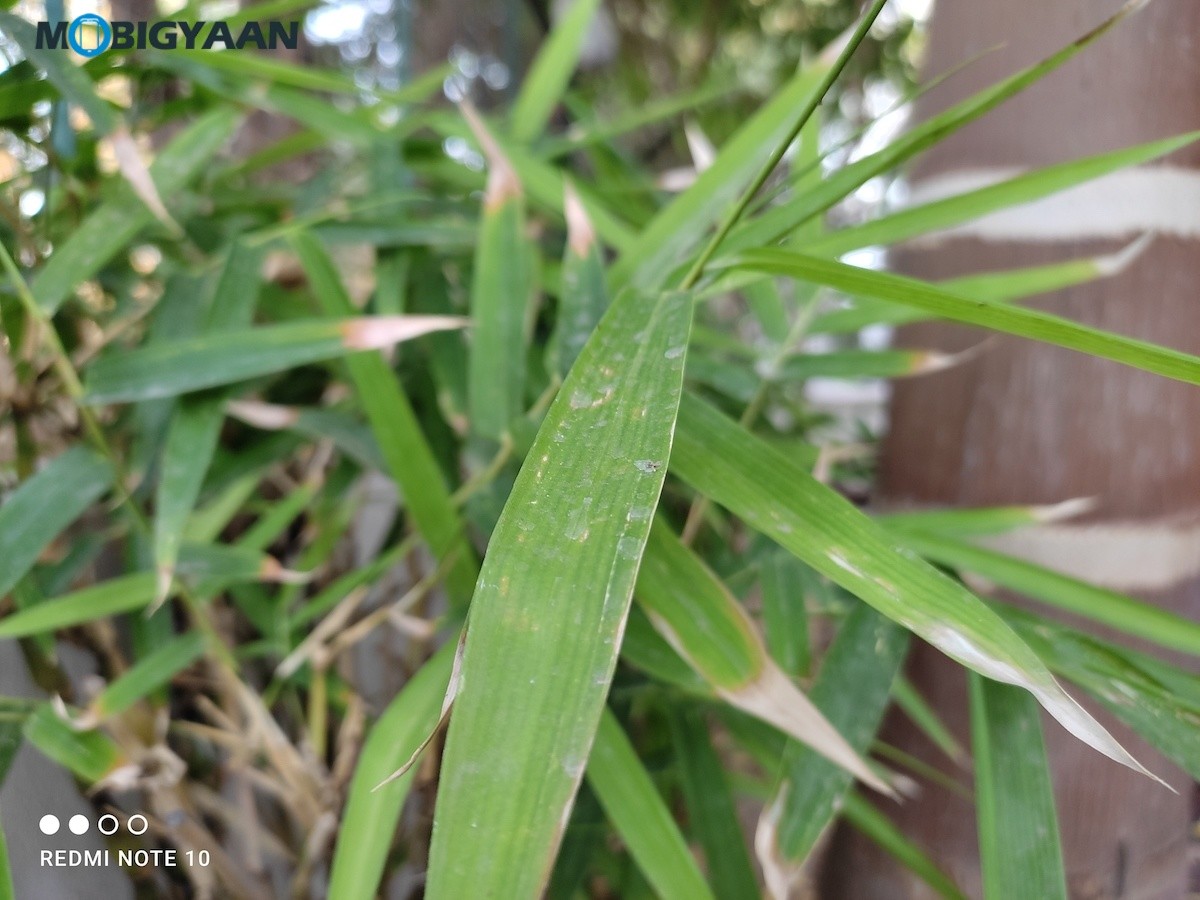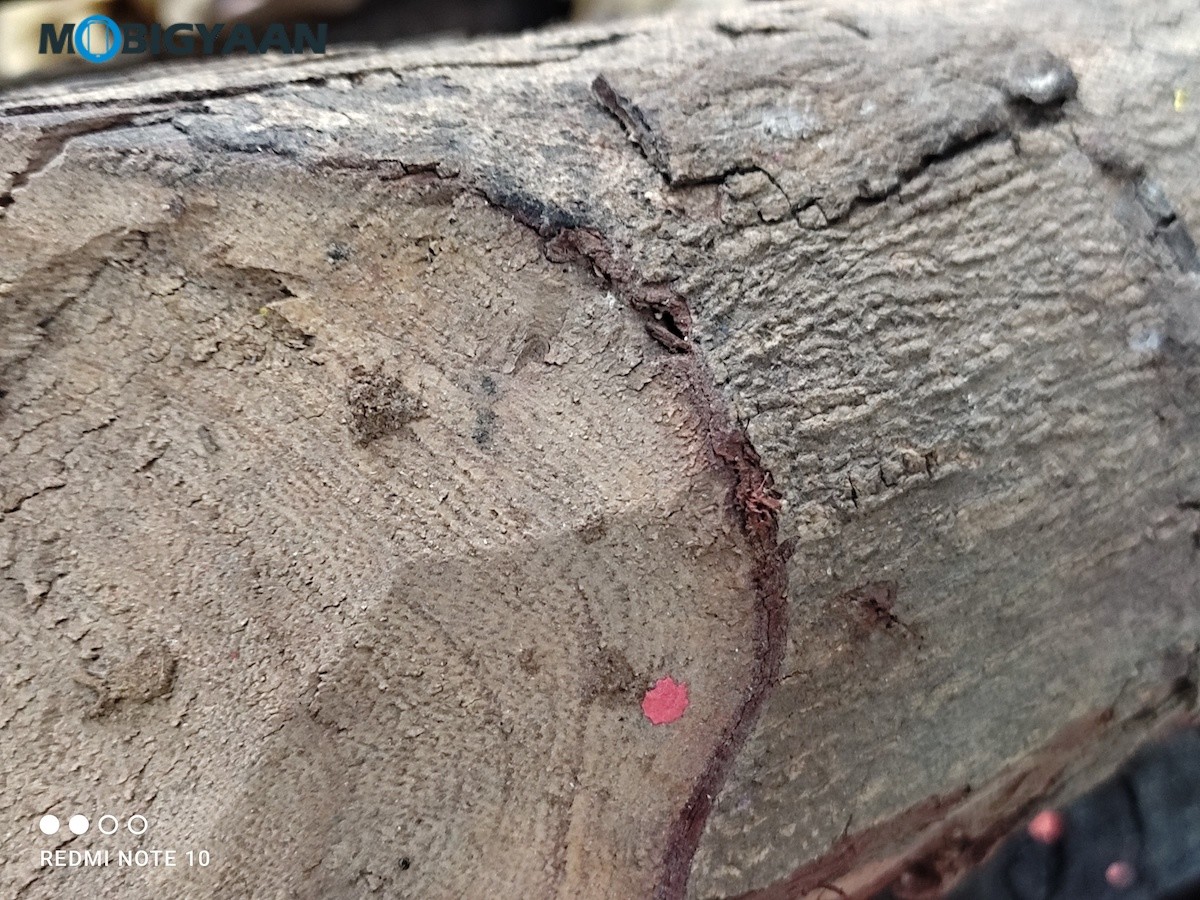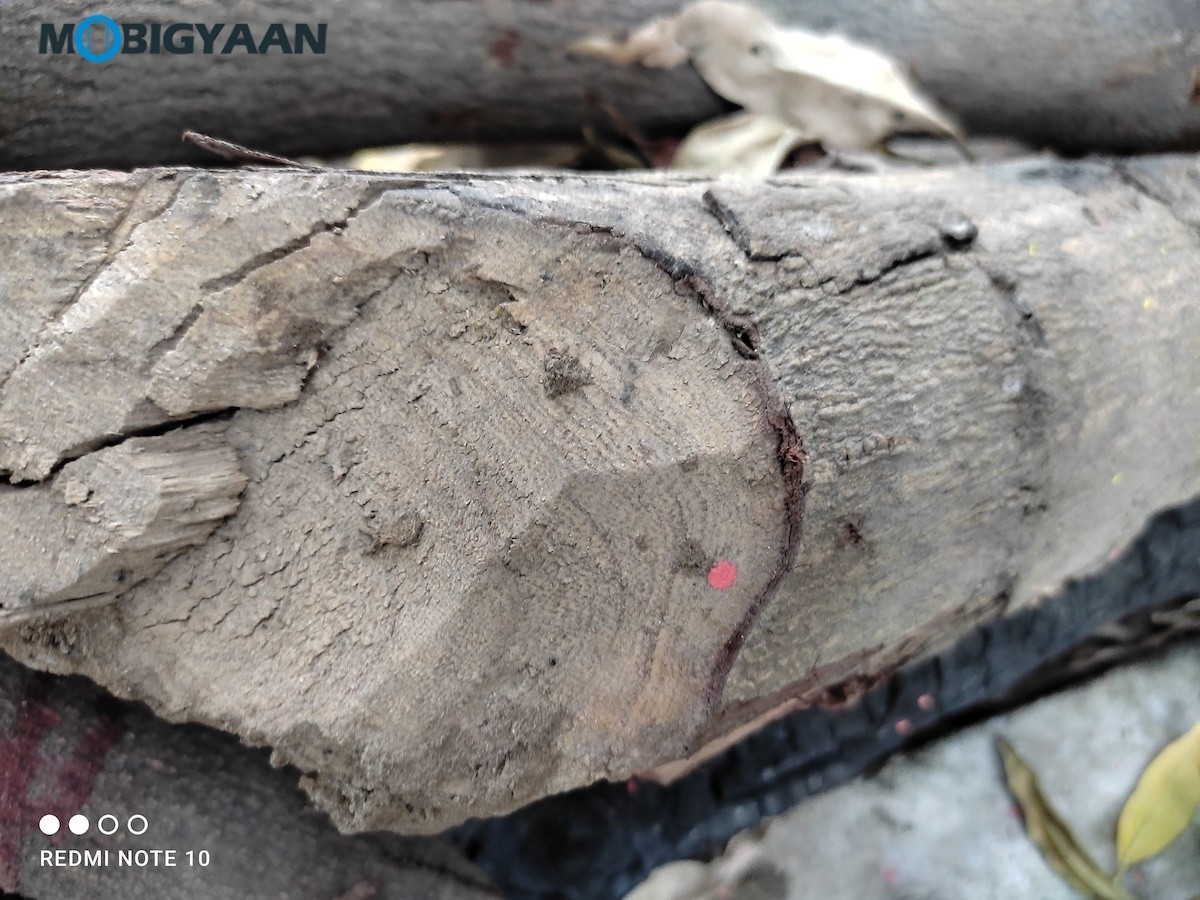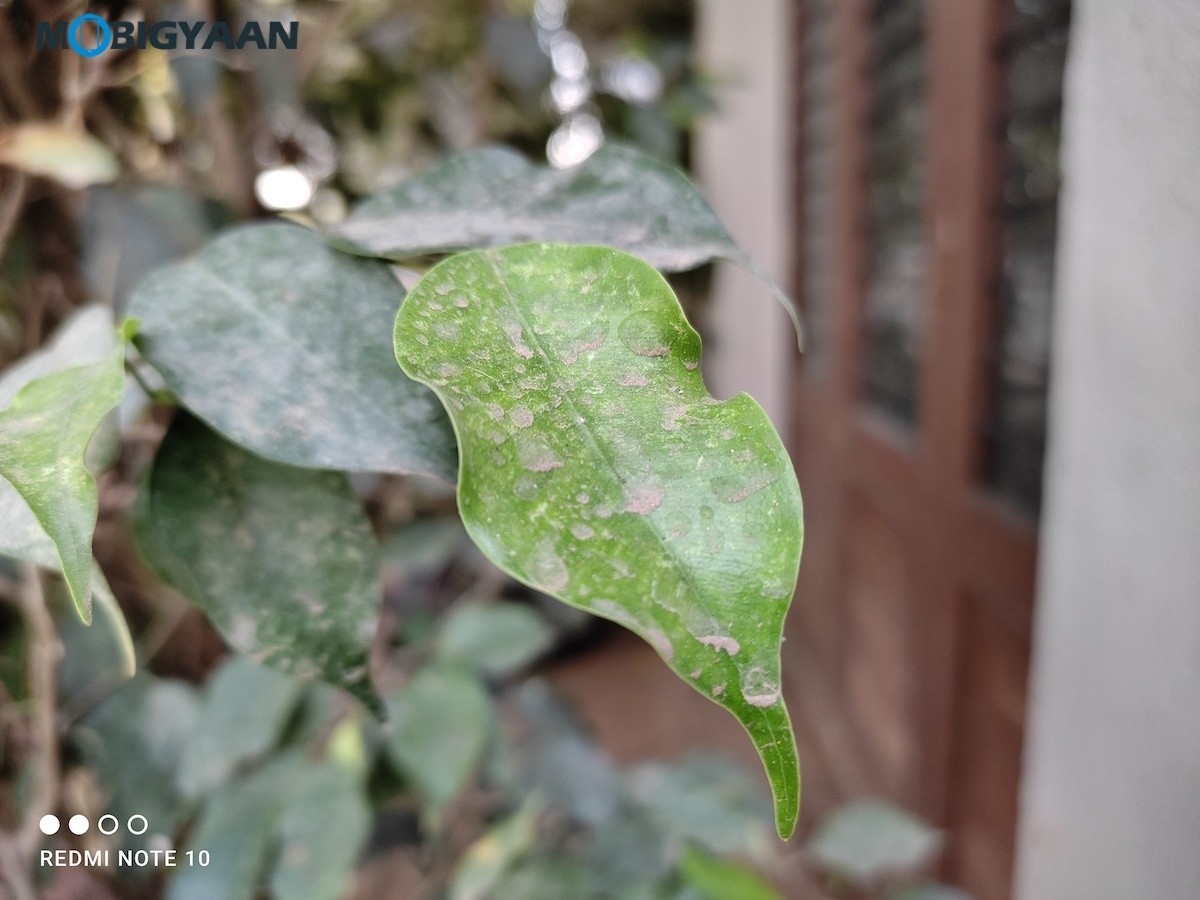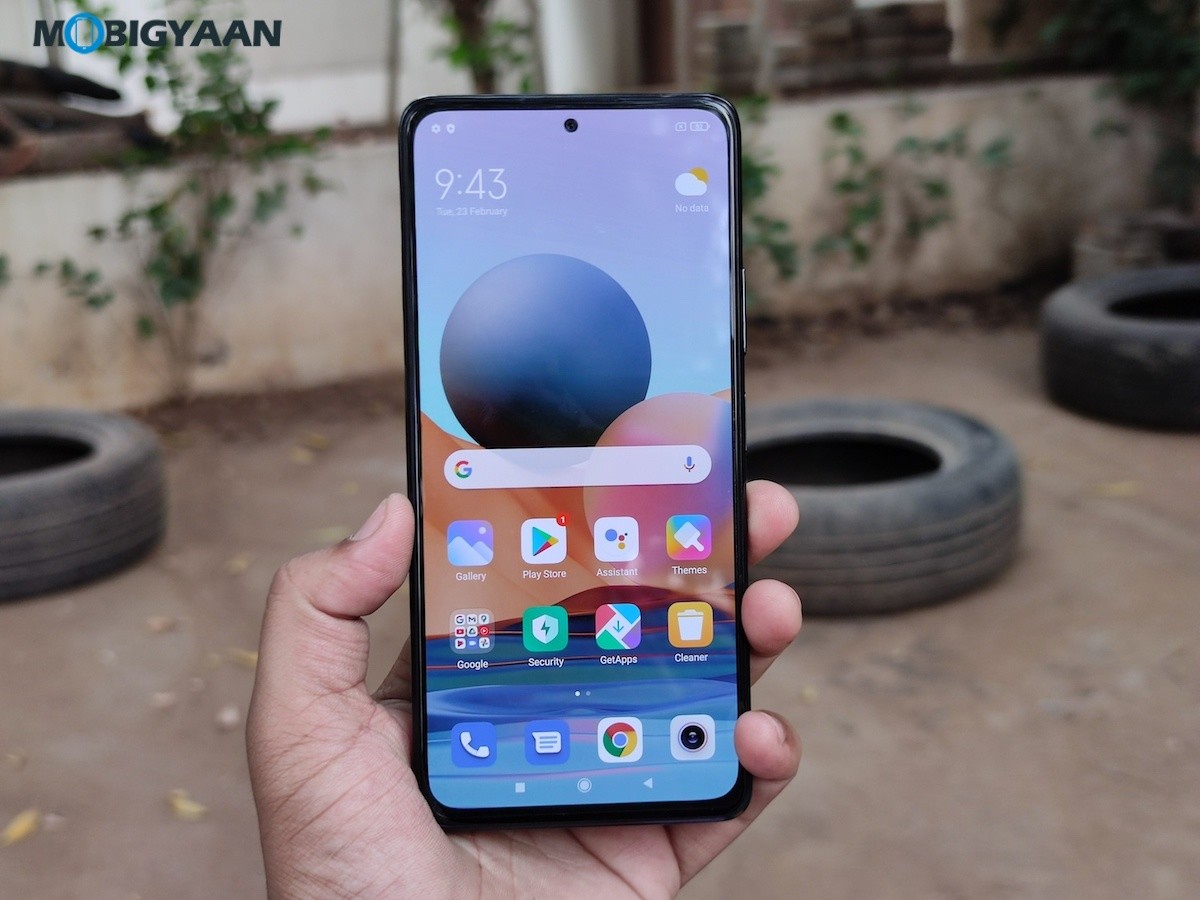Xiaomi has launched the 10th generation Redmi Note Series in India which includes the three smartphones – Redmi Note 10, Redmi Note 10 Pro, and Redmi Note 10 Pro Max being the top tier smartphone in its series. We have the Redmi Note 10 which is a mid-range smartphone priced at Rs 11,999 featuring a Super AMOLED display, stereo speakers, and 5,000 mAh battery with 33W fast charging. Take a look at our Redmi Note 10 review to know more about it.
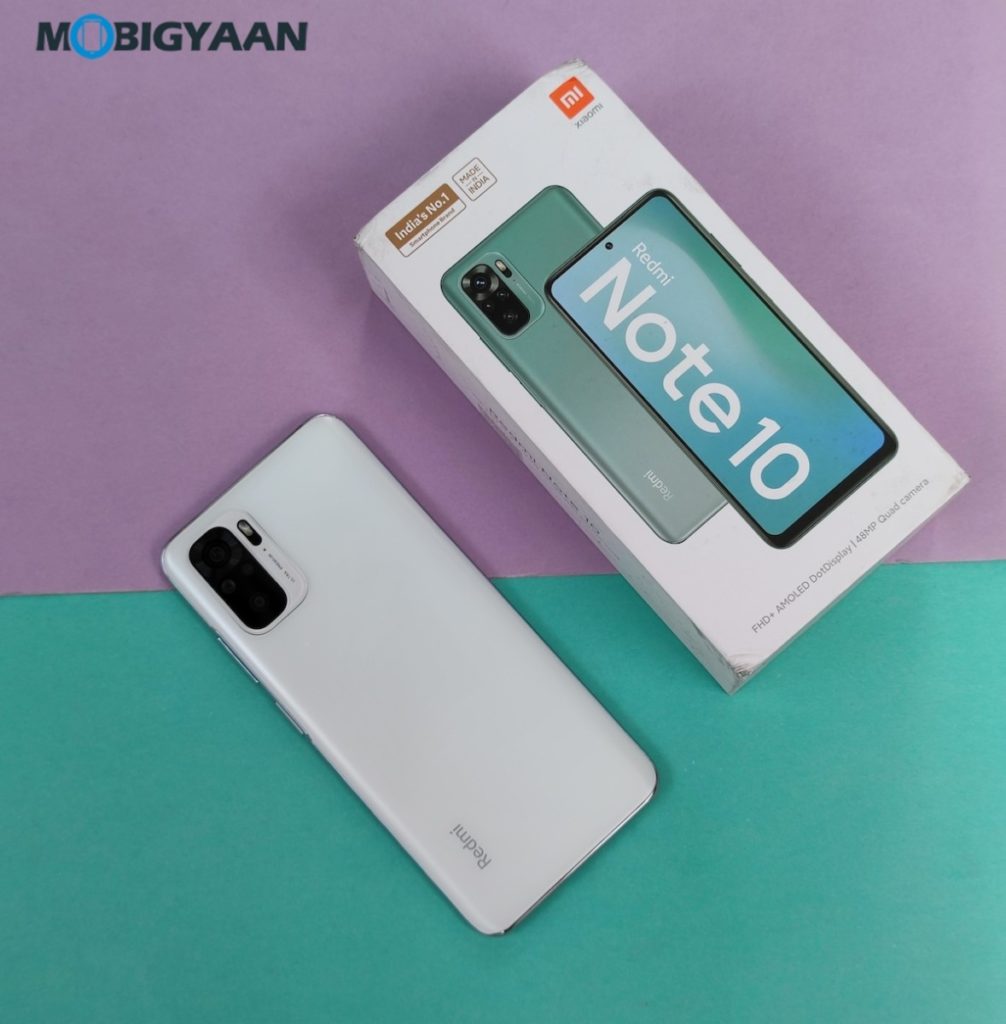
Redmi Note 10 Specifications
- Display: 6.43-inch Super AMOLED display, 60 Hz refresh rate, 1,100 brightness (peak), 4,500,000:1 Contrast Ratio, Corning Gorilla Glass 3
- Software: MIUI 12, Android 11
- Protection: Splash, Water and Dust Resistant – IP53
- CPU: 11 nm Qualcomm Snapdragon 678 octa-core SoC
- GPU: Adreno 612 Graphics
- Memory: 4 GB OR 6 GB RAM, LPDDR4X
- Storage: 64 GB OR 128 GB storage on-board, UFS 2.2 type, external microSD card support (dedicated)
- Main Camera: Quad Cameras (48 MP f/1.79 Sony IMX582 primary + 8 MP ultra-wide-angle + 2 MP macro + 2 MP depth), LED flash
- Selfie Camera: 13 MP
- Connectivity: USB Type-C, 3.5 mm port, IR Blaster, Wi-Fi, Bluetooth, GPS
- Security: Side-mounted fingerprint scanner, Face unlock
- Cellular: Dual 4G network, nano SIMs, microSD card slot (dedicated)
- Battery: 5,000 mAh
- Charging: 33W Fast Charging, 100% in 74 minutes, 67% in 30 minutes
- Colors: Frost White, Shadow Black, Aqua Green
- Price: ₹11,999 (4 GB RAM + 64 GB Storage), ₹13,999 (6 GB RAM + 128 GB Storage)
Design, Display, & Build
Xiaomi has upgraded the design, now the Redmi Note 10 boasts a matte-finish back in a polycarbonate body and offers IP53 certification means it’s dust and water-resistant that can resist water splashes and light rains. The phone is light in weight and comes with a quad-camera setup on the back.
The front has a stunning 6.43-inch Super AMOLED display with Full HD+ resolution and is protected with Corning Gorilla Glass 3. The display uses a 1,100 nits peak brightness which is high and comes with a 4,500,000:1 contrast ratio. The display also has a punch-hole camera on the top center equipping a 13 MP selfie camera.
The fingerprint scanner is side-mounted on the power button back despite having a Super AMOLED display, it could use the display for an in-display fingerprint scanner.
The Redmi Note 10 comes with a 33W fast charger, a USB Type-C cable, and a good quality transparent TPU case. The bottom side has a USB Type-C port, loudspeakers, and a microphone whereas the top side has another loudspeaker making it stereo, a 3.5 mm jack, IR blaster, and a second microphone.
The right side has a power button that doubles as a fingerprint scanner and volume keys, and the left side has a triple-slot SIM tray with a dedicated microSD card slot and supports two 4G SIM cards dual standby.
Software & User Interface
The Redmi Note 10 runs on Android 11 out-of-the-box layered with the new MIUI 12 on top and uses a security patch level dated 01/01/2021. The user interface is loaded with features, new icons, new wallpapers, and the new Settings page.
There are several additions in the UI, the interface is optimized for performance and battery, as well as bug fixes, the new MIUI is now smoother as compared to older MIUIs. You will also face a little bloatware on the smartphone which can be removed if you are willing to. The apps on the phone are Netflix, Facebook, LinkedIn, Mi Credit, Zili, Mi Pay, and Mi Store, all can be removed.
The interface is smooth, the performance of the phone is good, and works flawlessly in our initial use. There are new themes that you can make use of, new wallpapers as well. Other features like Game Turbo and Ultra Battery Saver in addition to the regular features you find on the MIUI software.
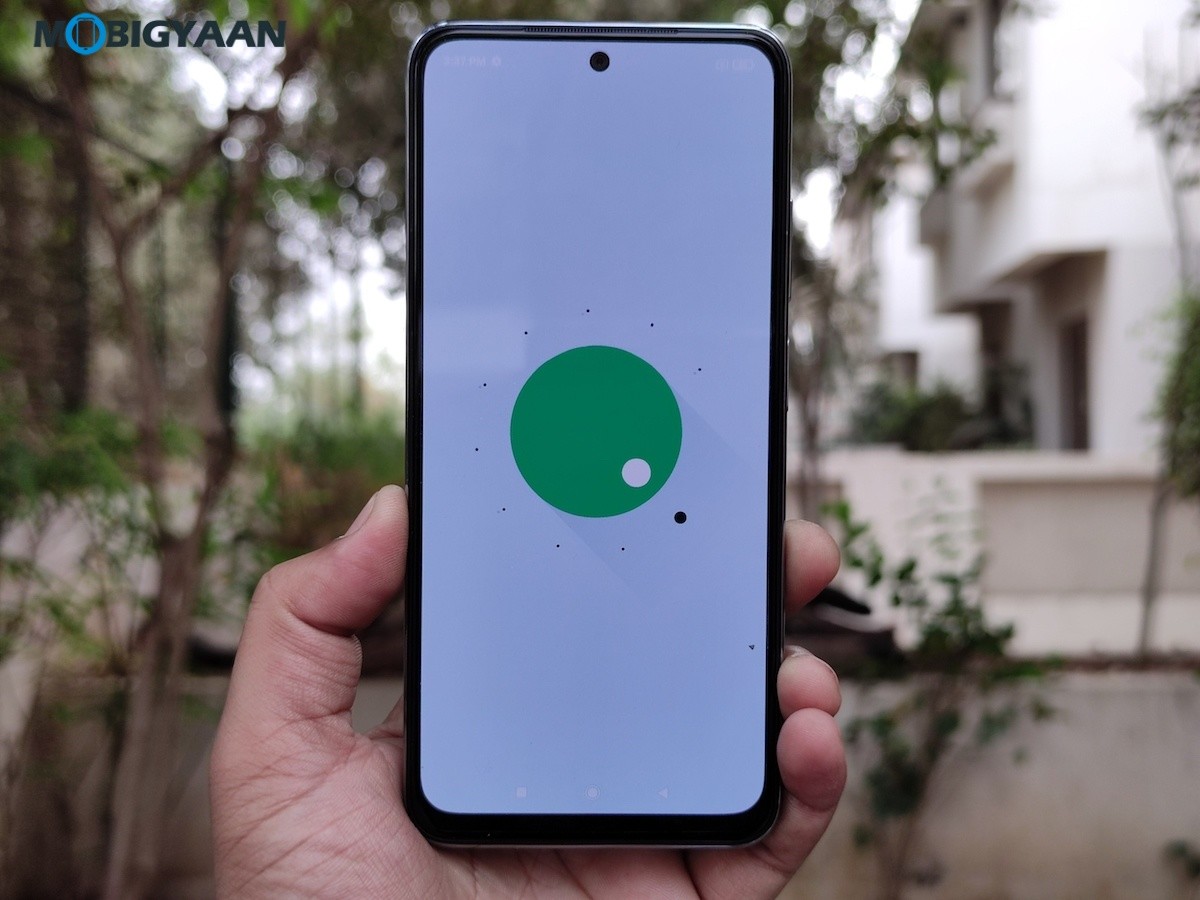
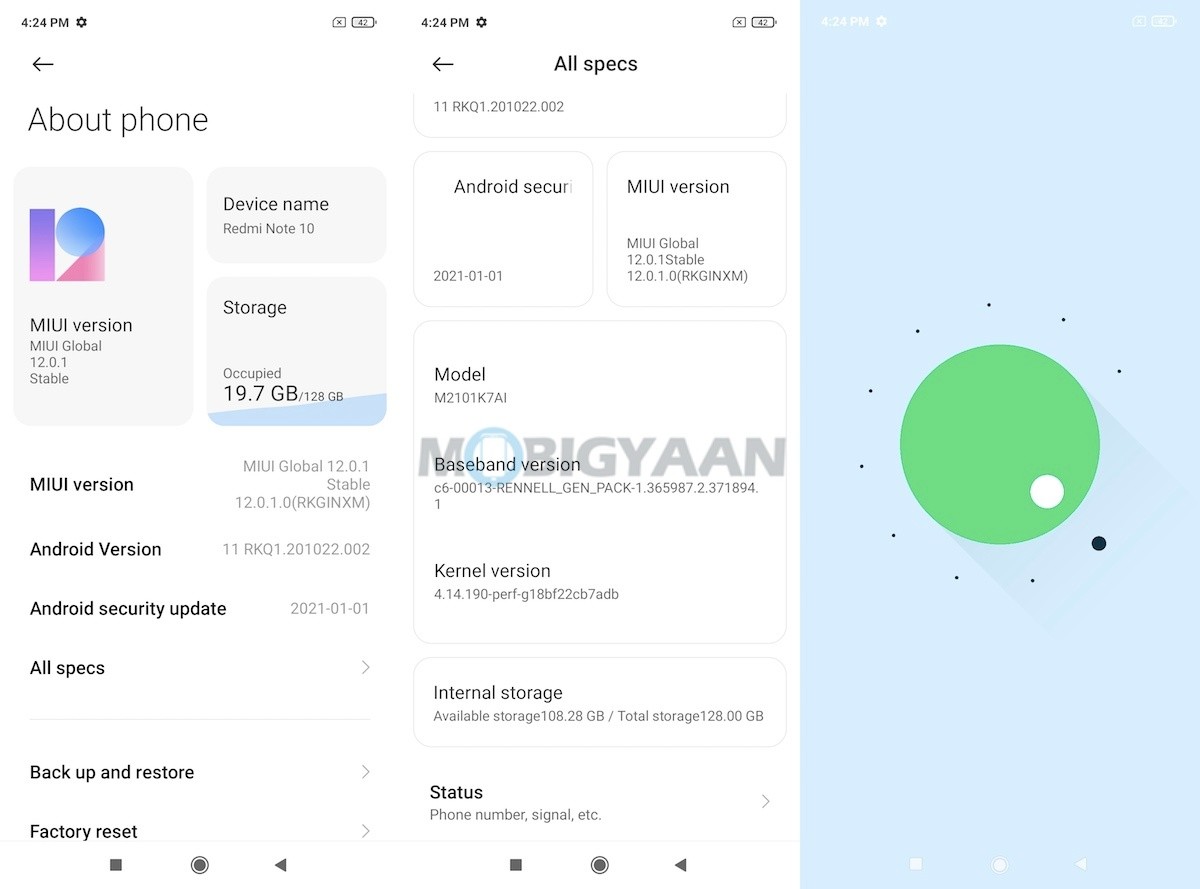
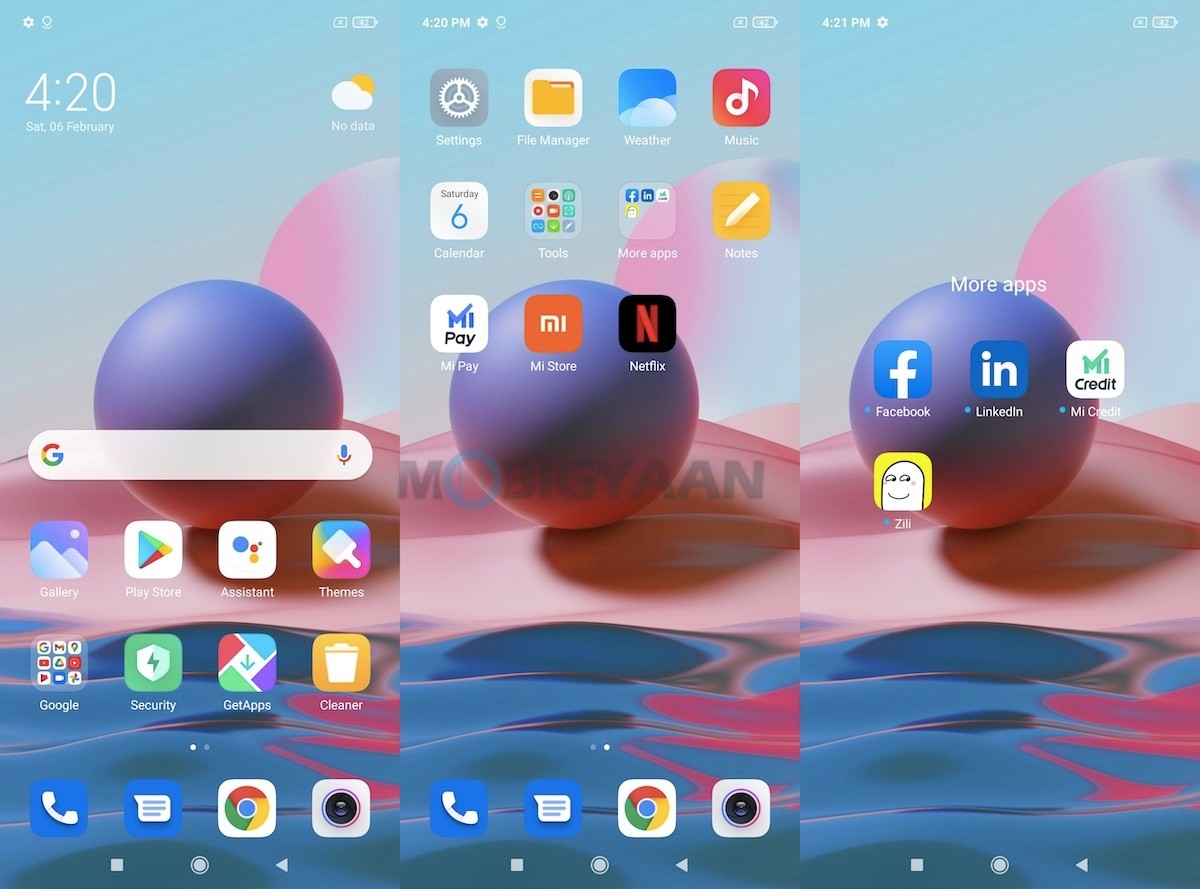
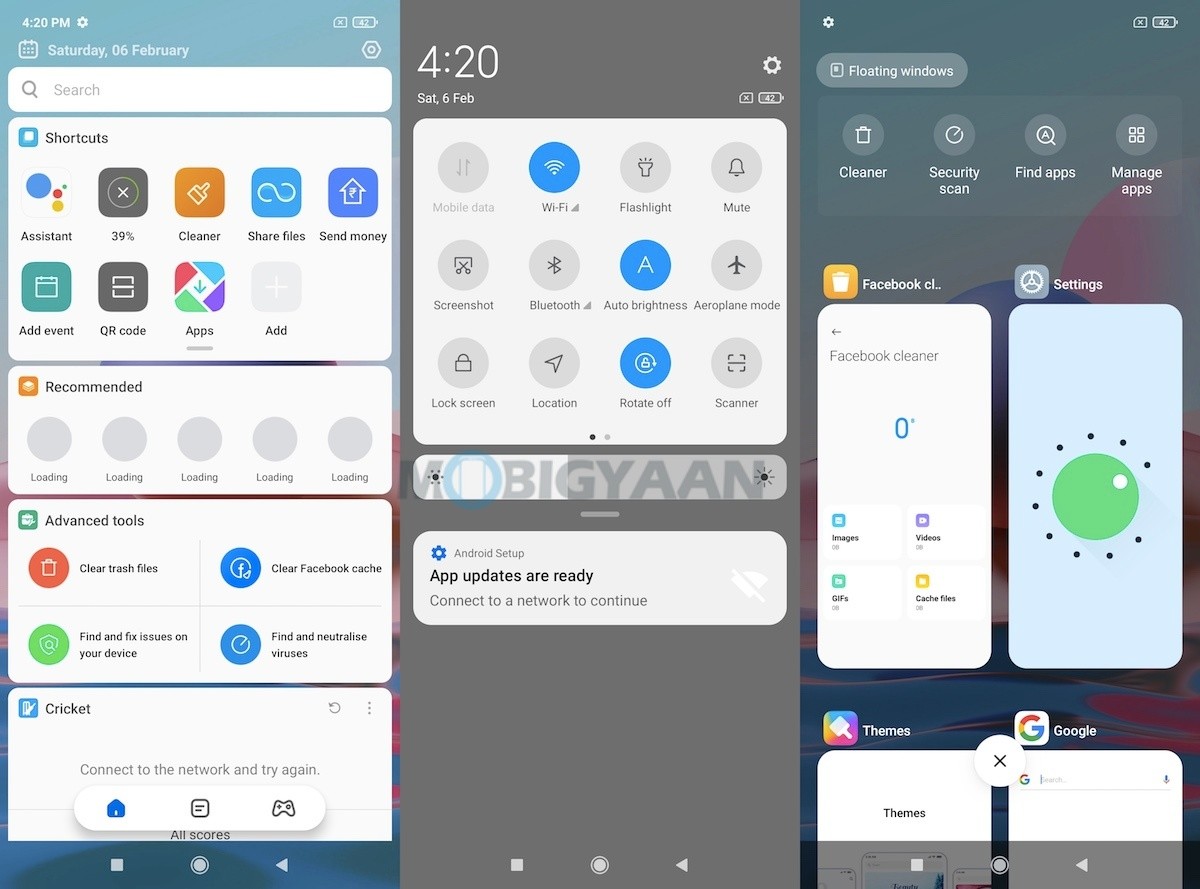
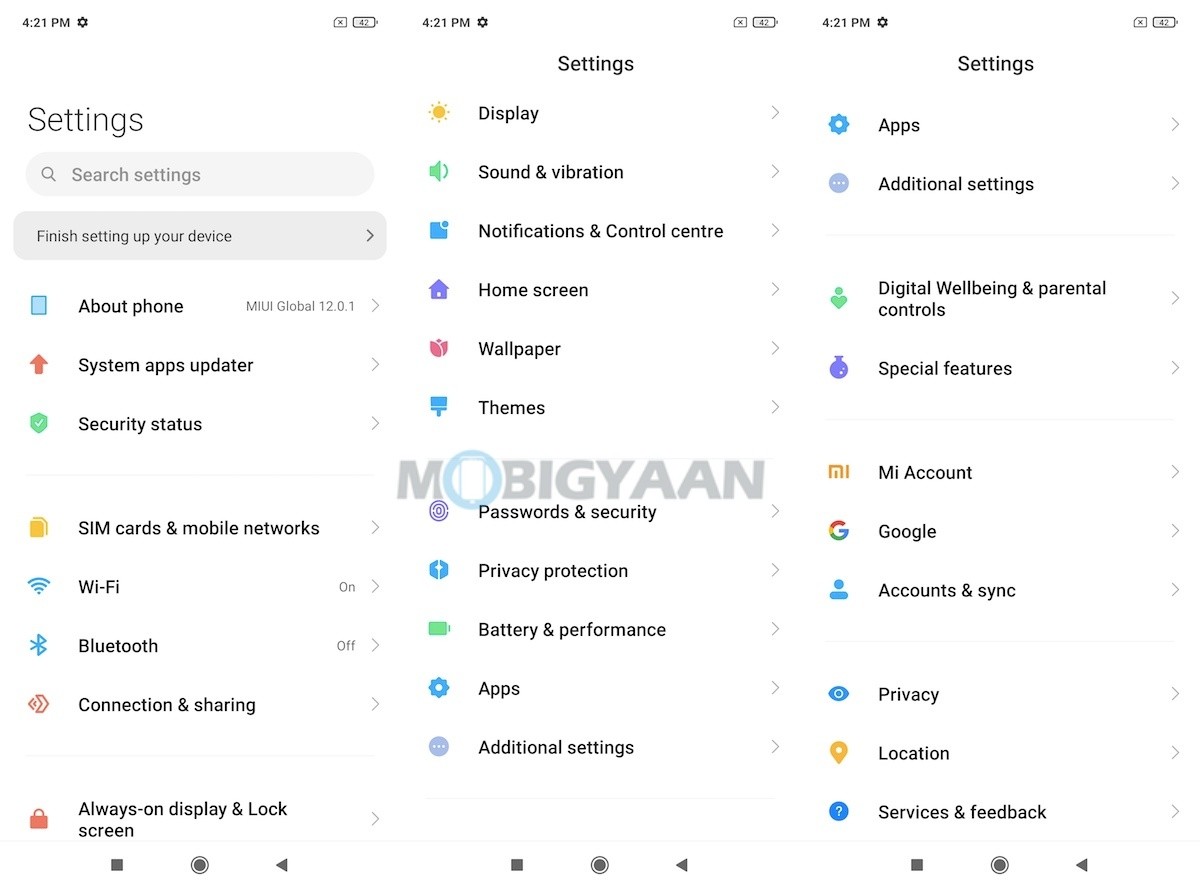
Hardware, Performance, & Gaming
Moving to the specs and performance of the phone, there’s no major change in the specs as compared to its predecessor so as the performance. The 11nm Qualcomm Snapdragon 678 is an octa-core SoC that performs close to the Snapdragon 675 found in the Redmi Note 7 Pro as well as the Redmi Note 9. The CPU runs at 2.2 GHz and is paired with either 4 GB RAM or 6 GB RAM with 64 GB storage or 128 GB storage respectively. The GPU here is an Adreno 612 for graphics applications.
About the Snapdragon 678 SoC, it consists of 2 Kryo 460 Gold cores clocked at 2.2 GHz and 6 Kryo 460 Silver cores clocked at 1.7 GHz. The Kryo 460 Gold is equivalent to the ARM Cortex-A76 and the Kryo 460 Silver is equivalent to the ARM Cortex-A55.
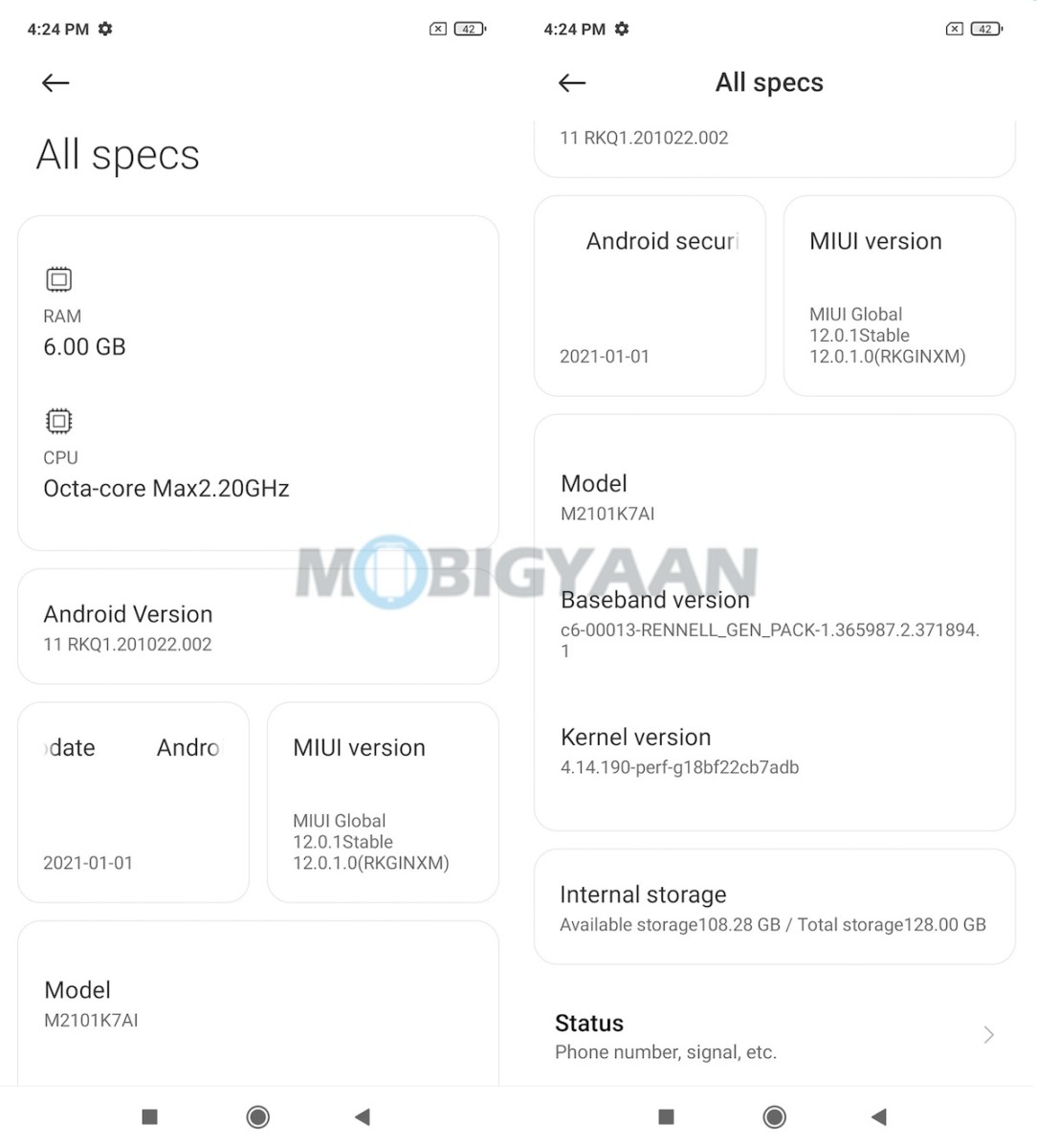
The Geekbench 5 benchmark scored at 543 points in a single CPU and 1,657 points in multiple CPUs. The GPU benchmark on the other hand scored 420 points in the Geekbench 5 Compute.
If you own a Redmi Note 7 Pro or similar, the specs may feel a little lousy due to the similar CPU benchmark results, however, if you have upgraded from a weak CPU, this is still good for you. The performance has marginally upgraded from Snapdragon 675, only the clock speed we can see has been raised, the rest seem to the very identical.
On the gaming side, you have the Adreno 612 GPU, the one from the Snapdragon 675. The gaming performance should be fair, you won’t be able to notice lags if you are playing games with low to medium graphics settings. Pick a smartphone with a faster GPU if you are into heavy gaming with high to very graphics settings.
Cameras
Just like its predecessor, the Redmi Note 10 equips a quad-camera setup on the rear side with the main camera using a 48 MP f/1.79 Sony IMX582 sensor. The camera has been upgraded with a Sony sensor instead of the Samsung in the Redmi Note 9. The other three cameras include an 8 MP wide-angle camera, 2 MP macro camera, and 2 MP depth camera. The front has a 13 MP selfie camera for video calling and selfies.
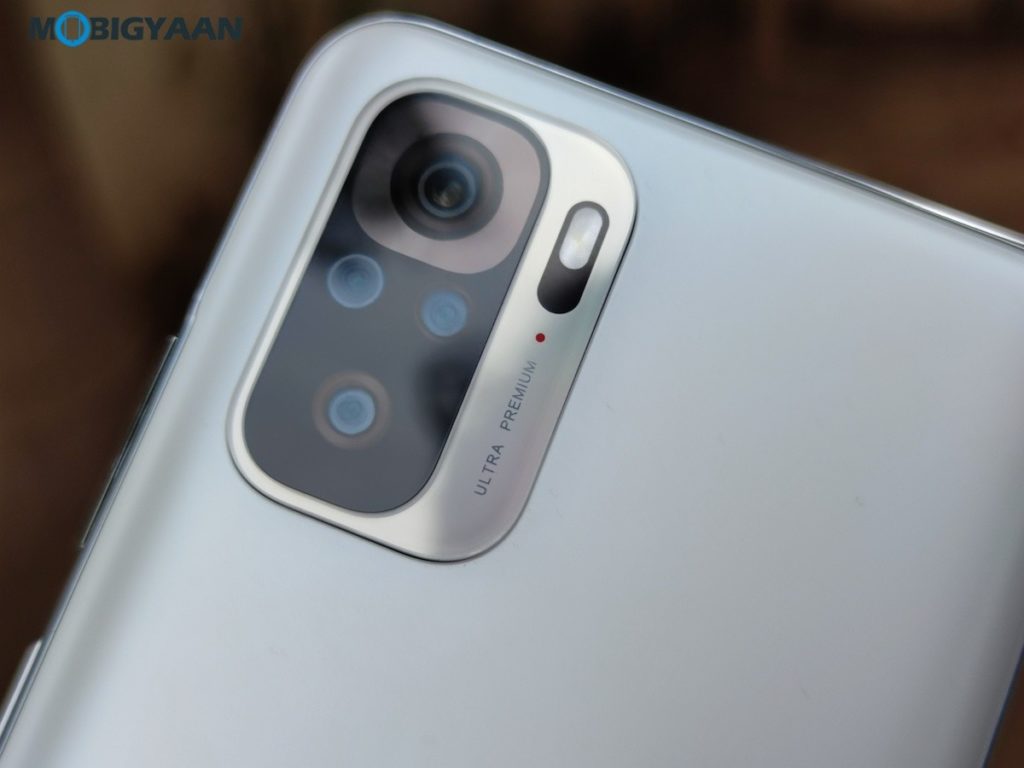
With the MIUI 12, the camera interface looks far better than the ones we used to see in the older MIUIs (10 or below), the interface is loaded with features and it has quite a lot to play if you love tweaking the cameras. You get the 48 MP camera mode, Macro mode, Vlog feature, Night, Slow, AI watermark, Time-lapse, Portrait, Movie frame, Pro colour, and more.
The video mode has now 4K which is great, you can shoot 4K videos in 30 fps, not bad for this price and it’s an upgrade by the way. The photo quality is exceptionally good for the price when taken with the primary sensor, the rest cameras are just average, nothing much to say, if you are a camera junkie, you may want to pick a better camera, say a 64 MP.
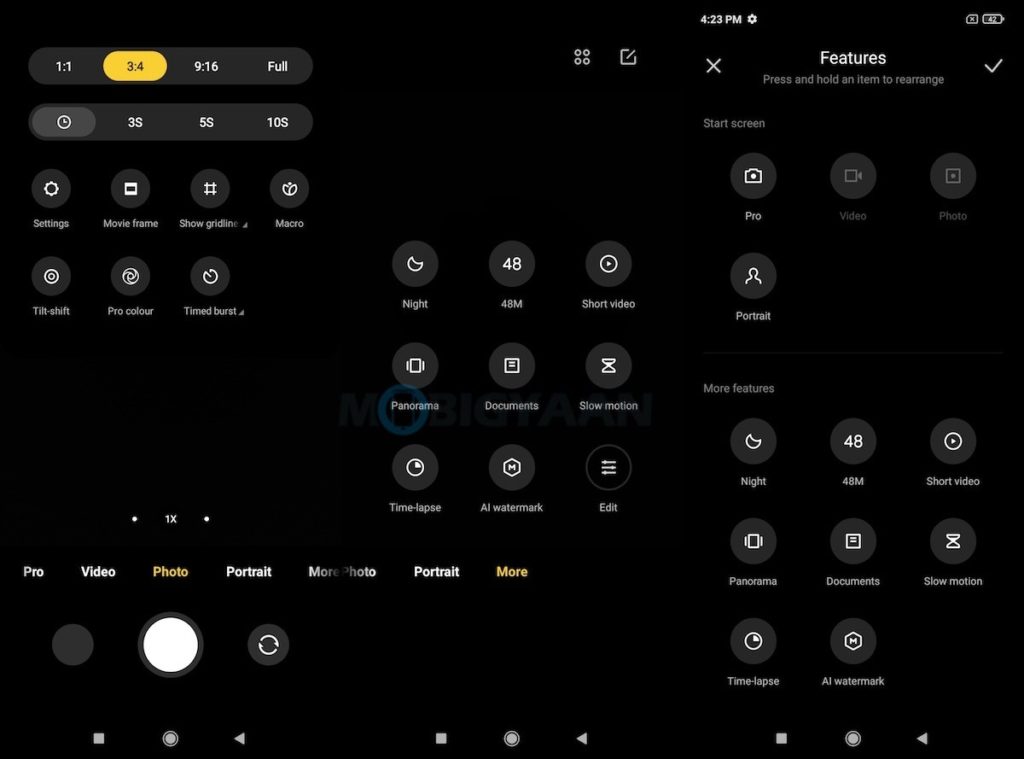
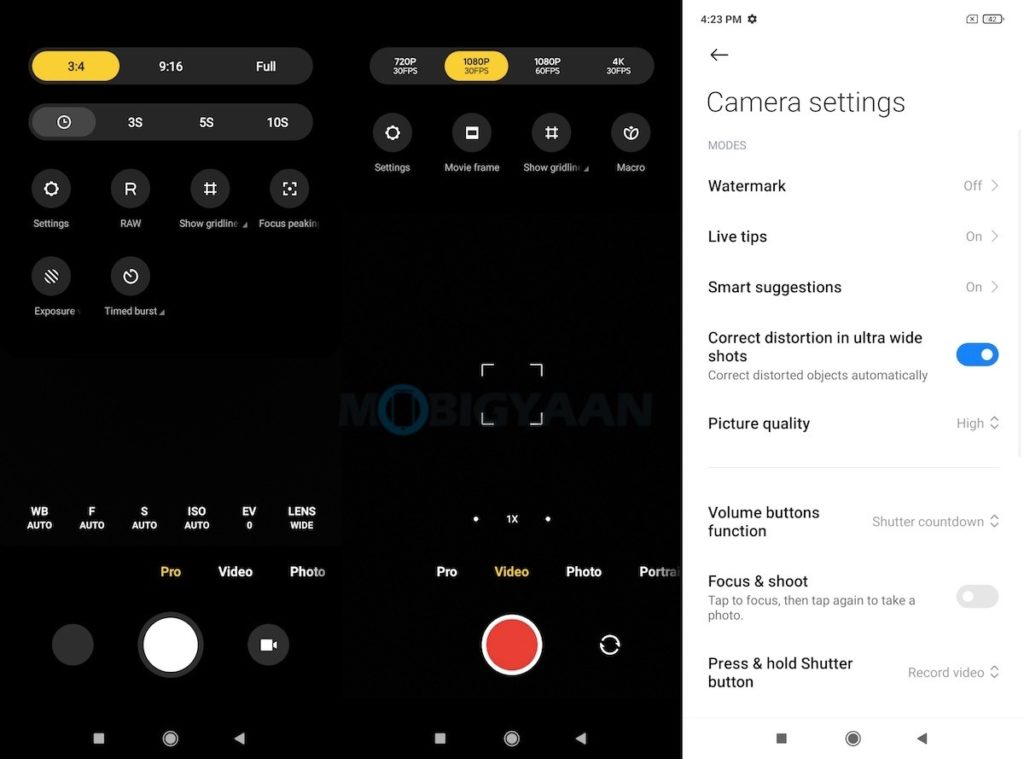
Here are some shots taken from the Redmi Note 10’s cameras.
Redmi Note 10 Camera Samples
Battery Life & Charging
On the battery side, the Redmi Note 10 packs a 5,000 mAh battery which is pretty good in terms of capacity. The 5,000 mAh battery is capable of lasting up to 2 days on a single charge. Depending on your usage, you can extend more than 2 days, the MIUI 12 is highly optimized for the battery, the overall battery performance is reliable.
For charging the battery, the Redmi Note 10 has left a 33W fast charger in the box and it’s really fast. It takes about 30 minutes to charge the battery from 0% to 67%, quite fast for this price. And it takes around 74 minutes to charge the battery from 0% to 100%, still not bad for a battery that is 5,000 mAh.
Verdict
The Redmi Note 10 has surprised us with its Super AMOLED display, it’s a worthy upgrade compared to its predecessor. In addition, Android 11 out-of-the-box, IP53 water-resistant rating, lightweight matte finish design, and stereo speakers are some notable upgrades aside from the display. The Redmi Note 10 could be an all-rounder since it ticks all the boxes in this price range and is recommended buy if you are looking for a mid-range smartphone in the price bracket of Rs 10,000 to Rs 15,000.
Strength
- Super AMOLED Display
- 33W Fast Charging Support
- Slim & Light Weight Matte Finish Design
- Stereo Speakers
- Good Performance, Camera, & Battery Life
- Dedicated microSD Card Slot
- 3.5mm Jack
- Value For Money
Weakness
- None

